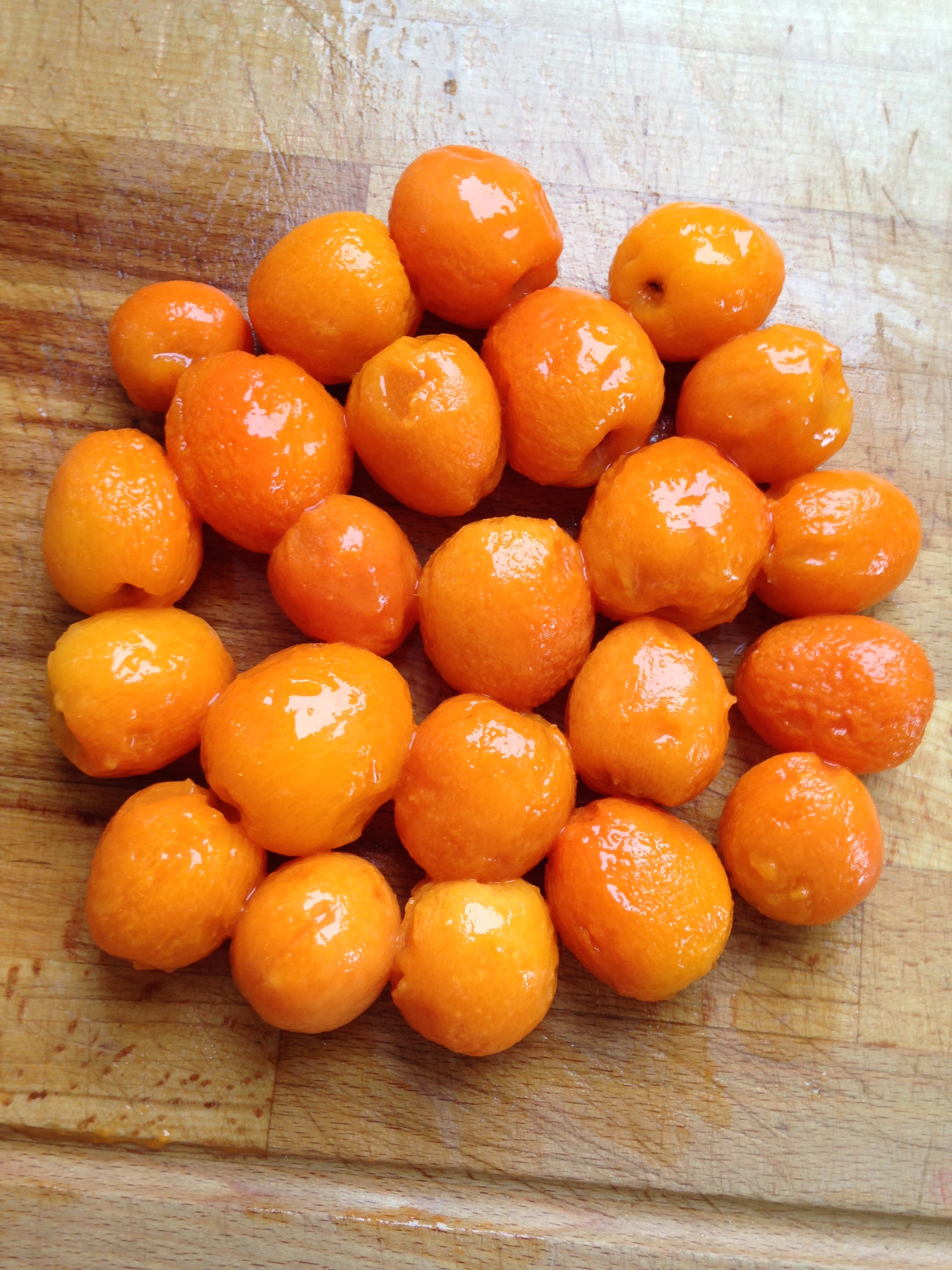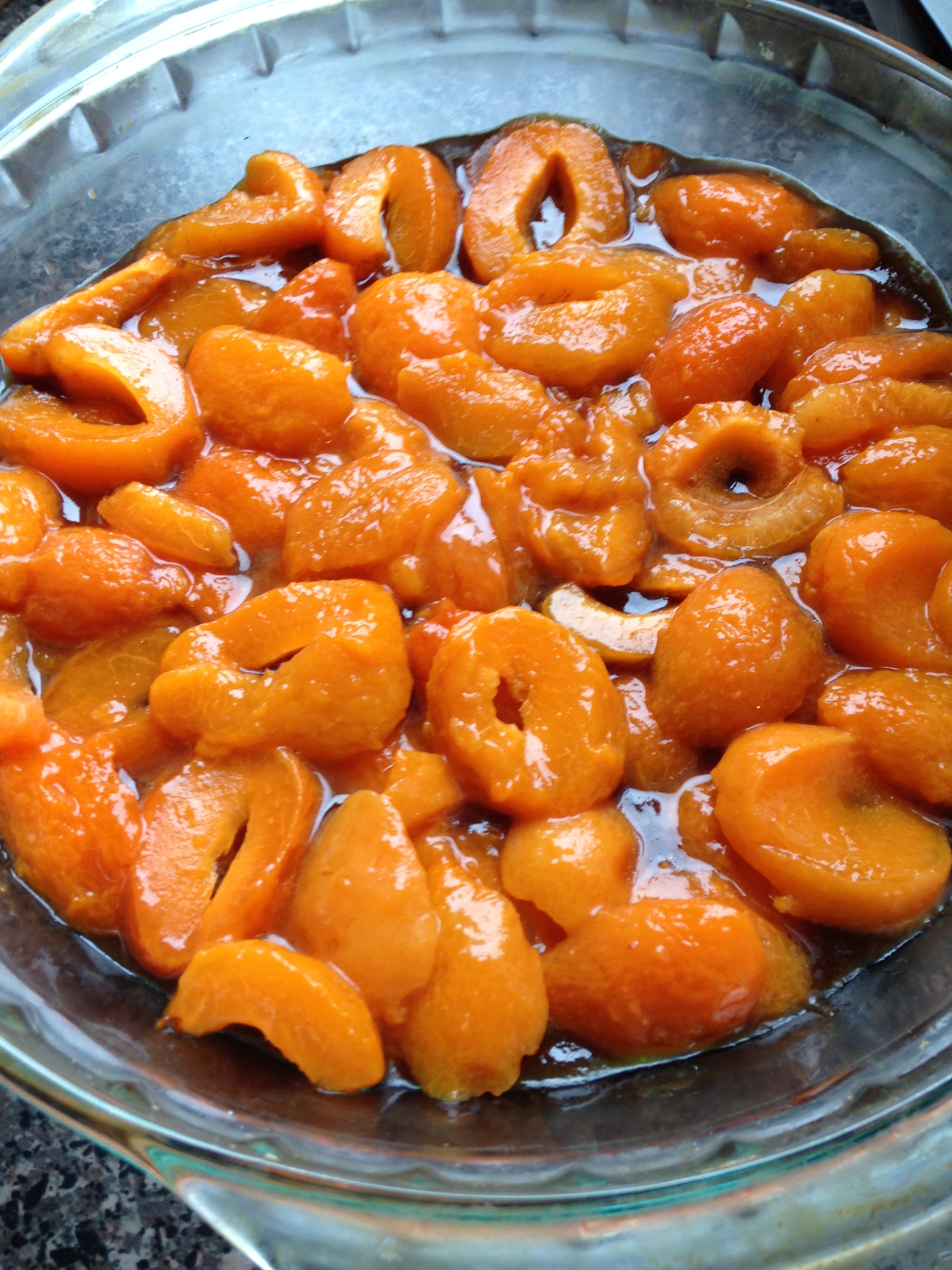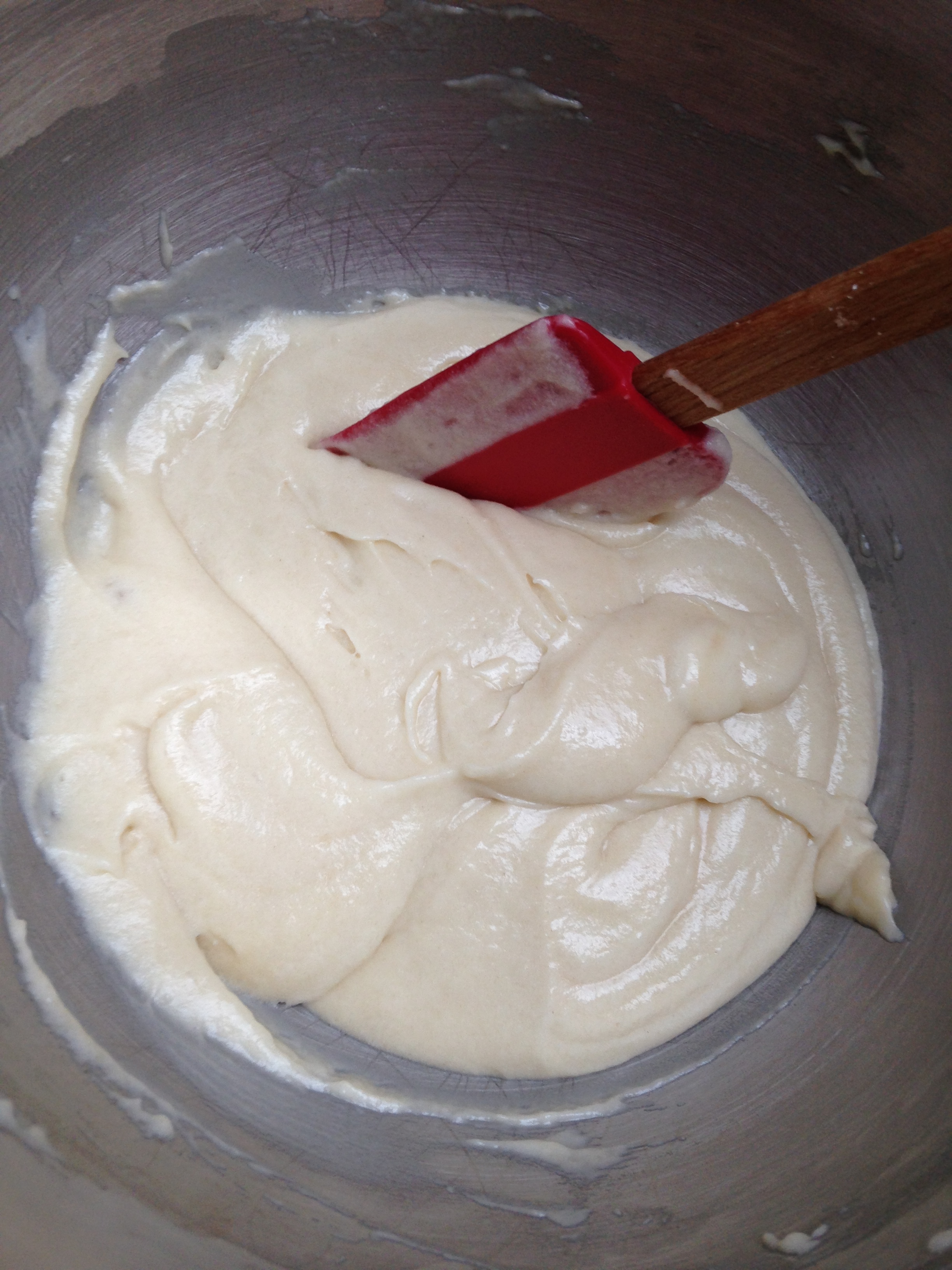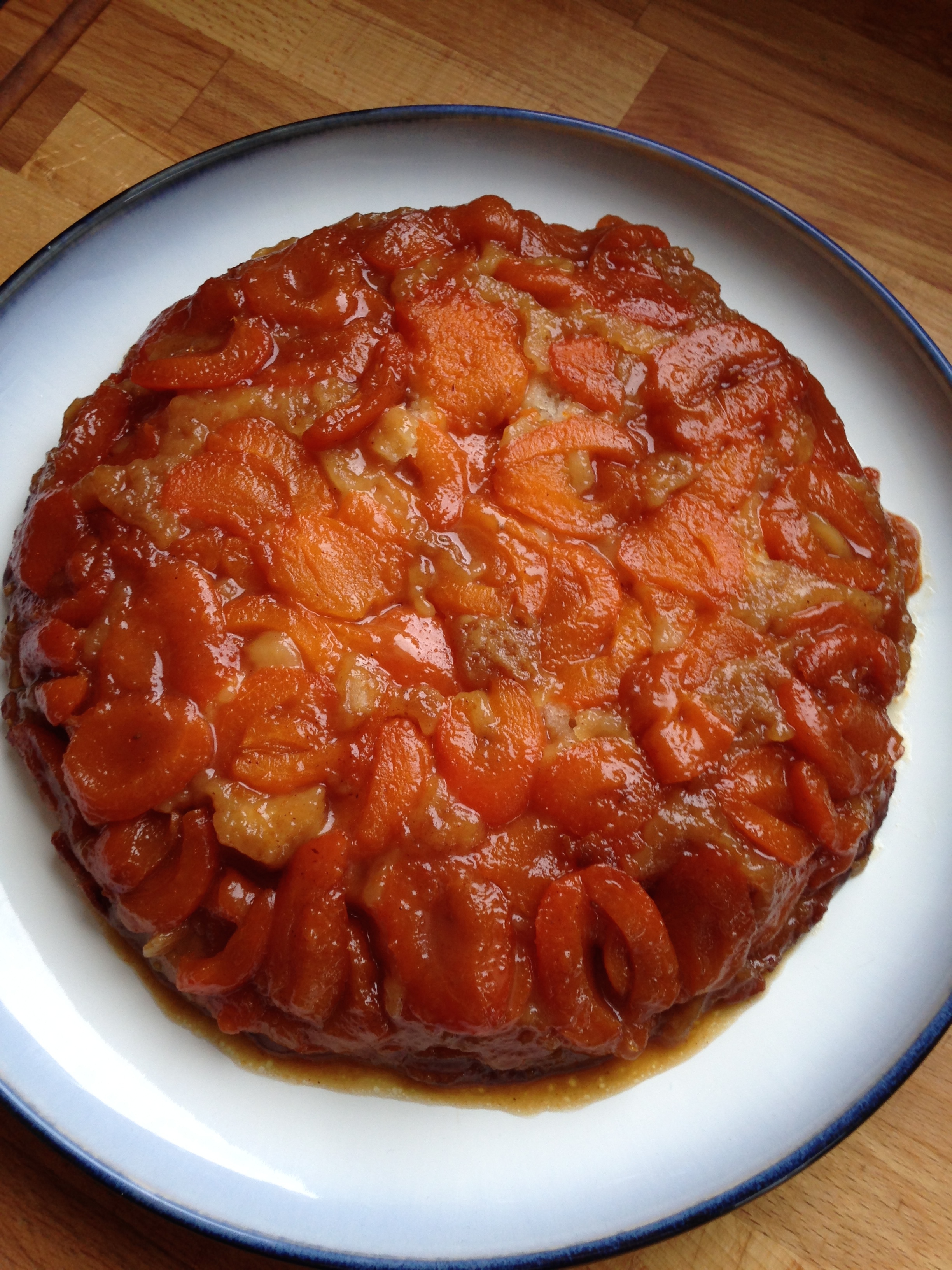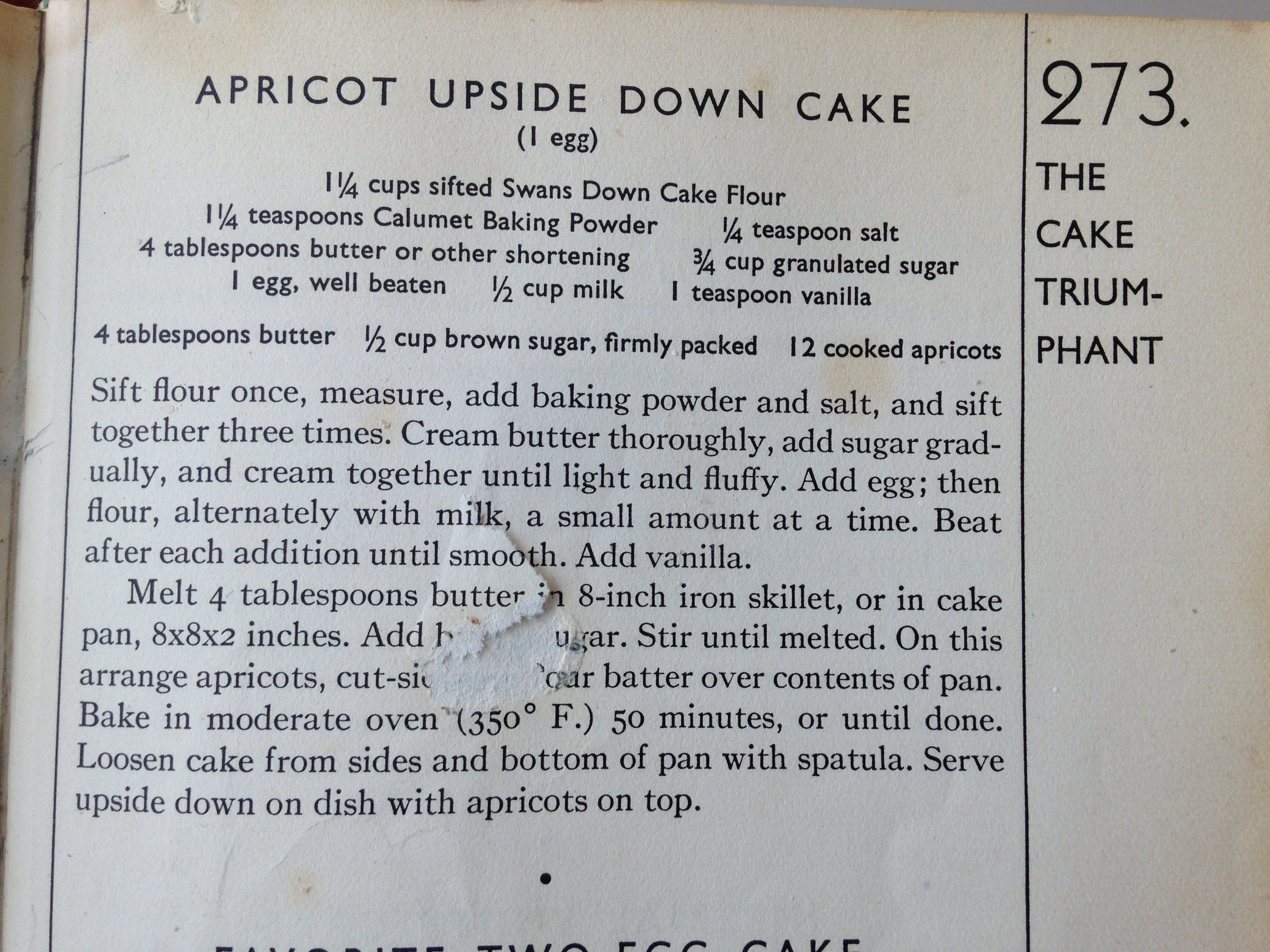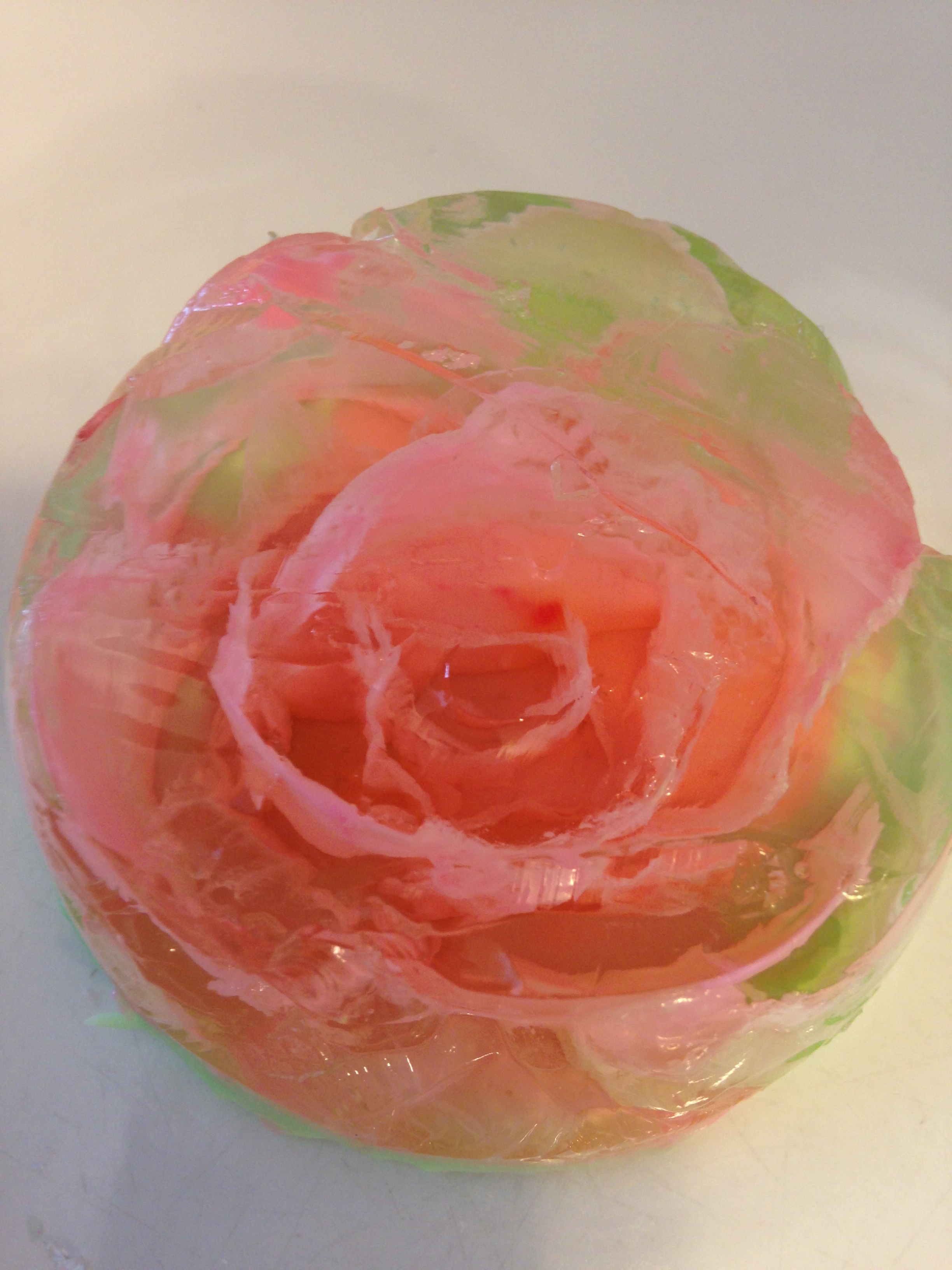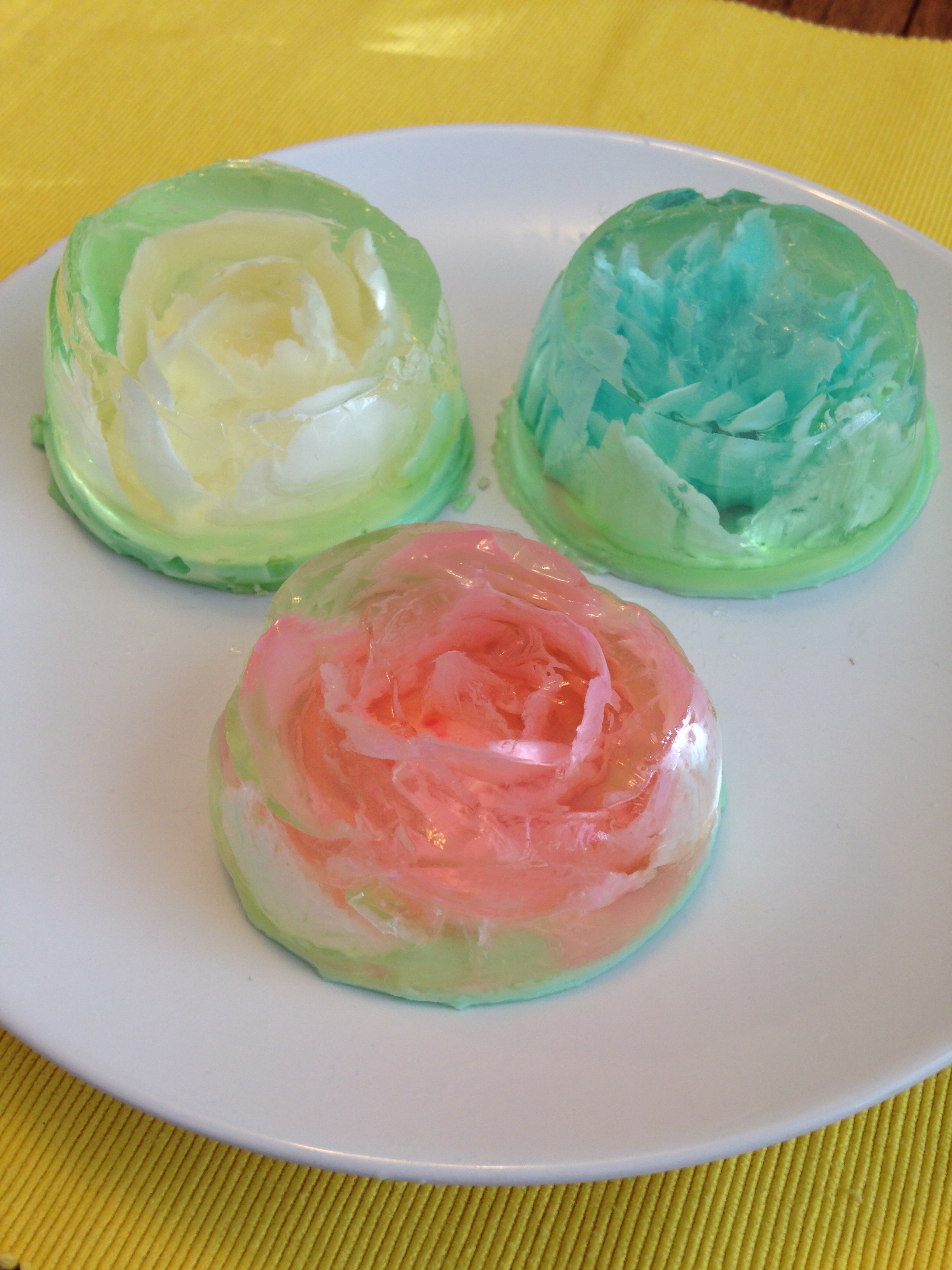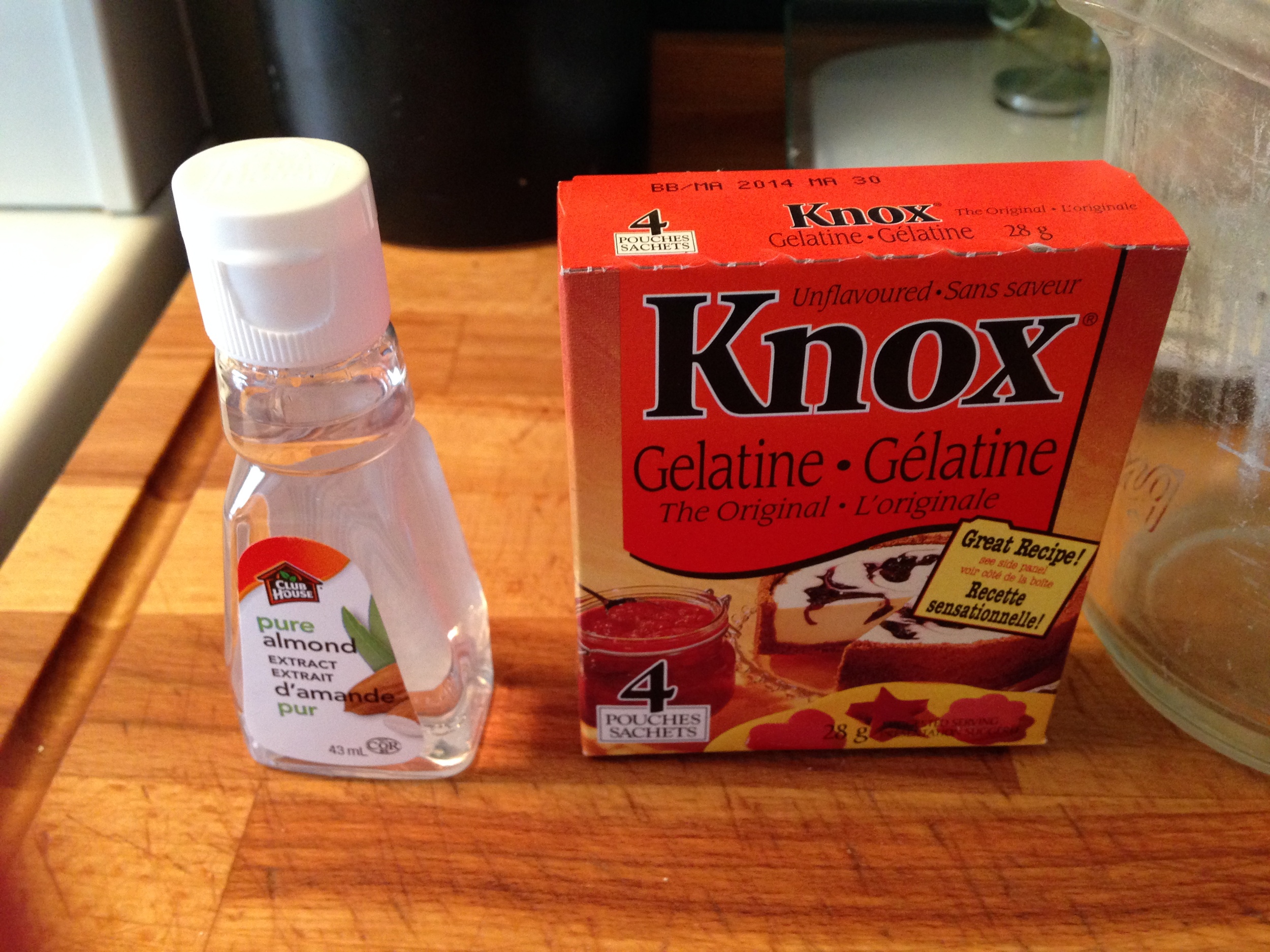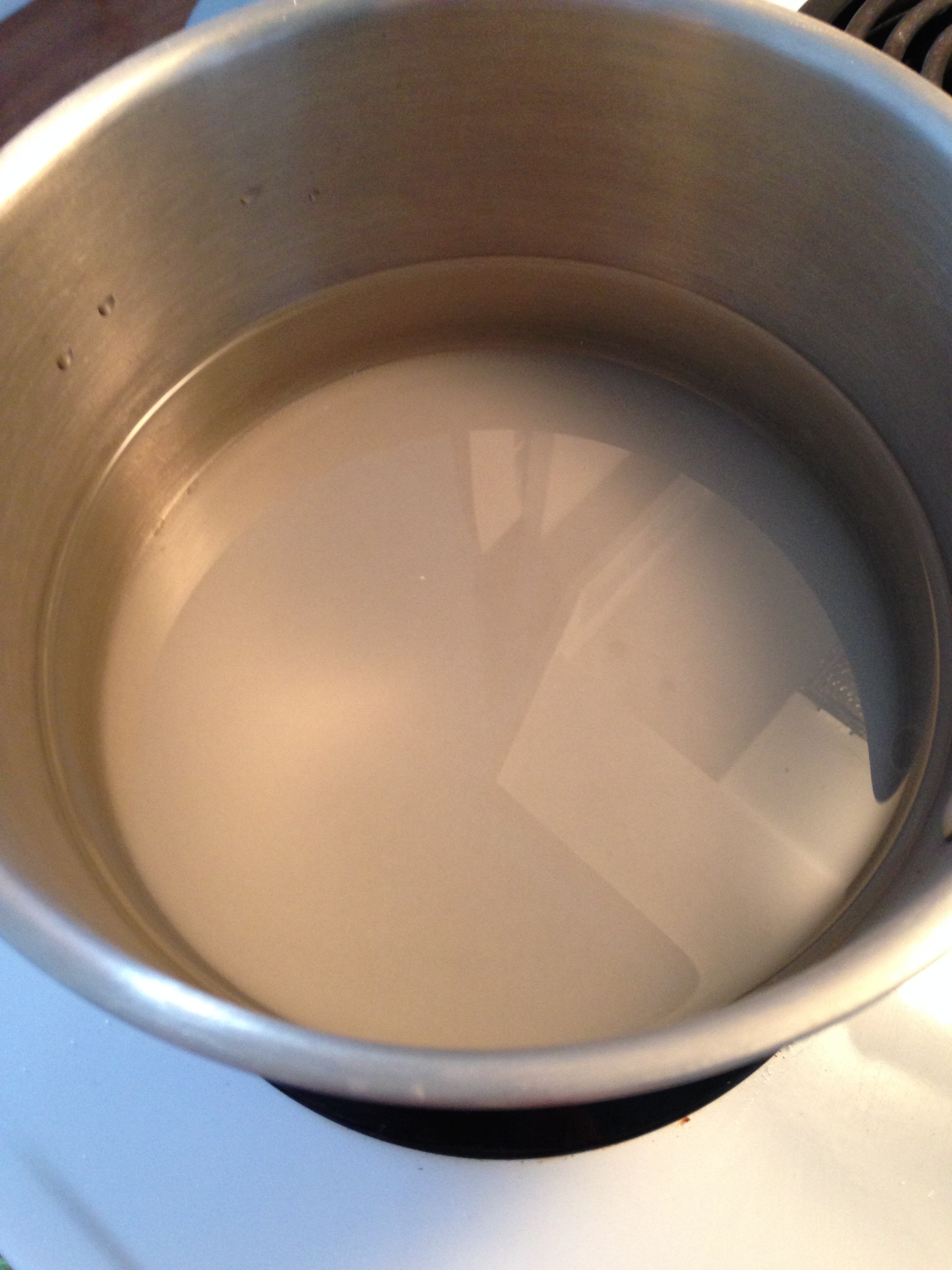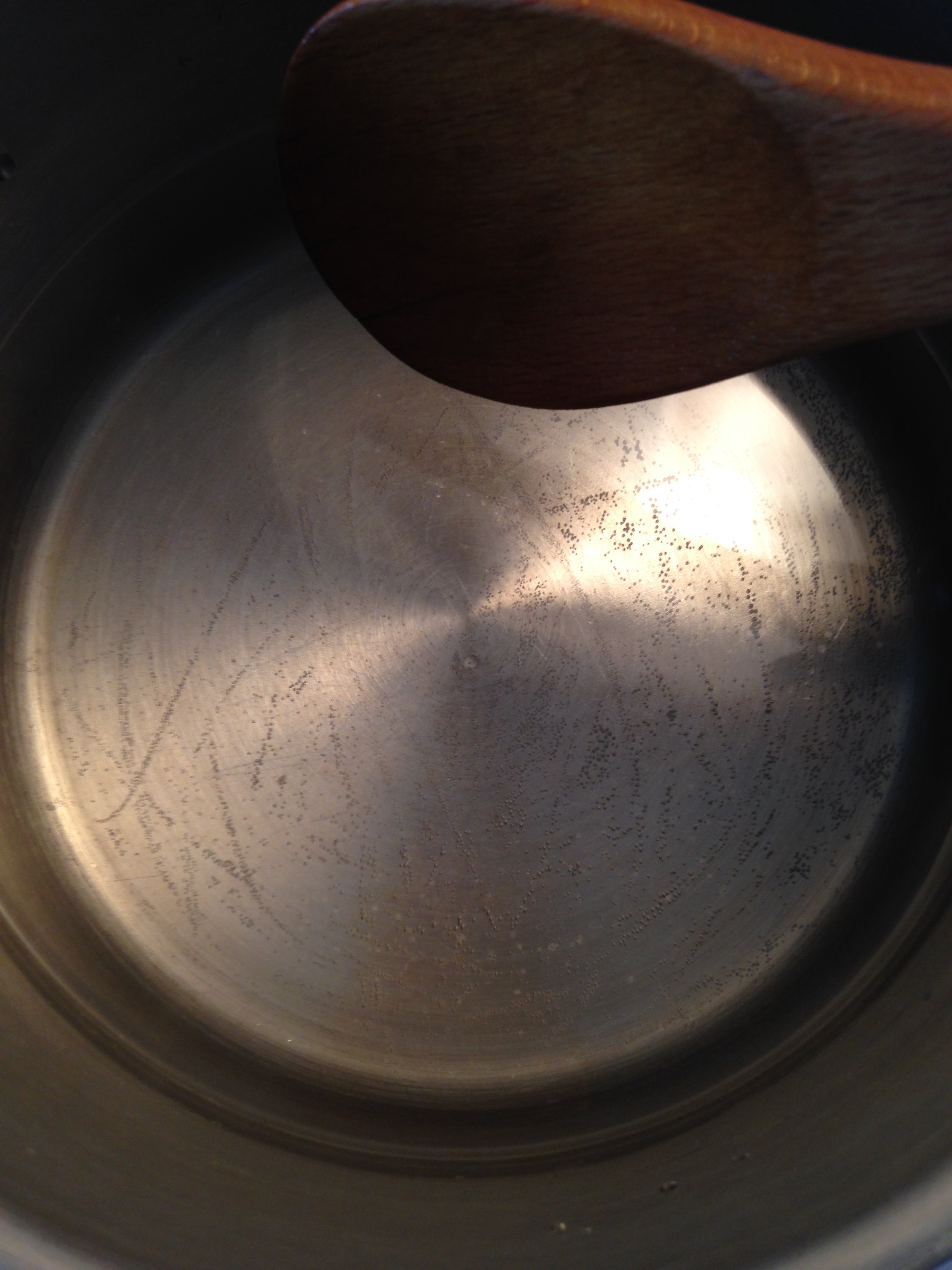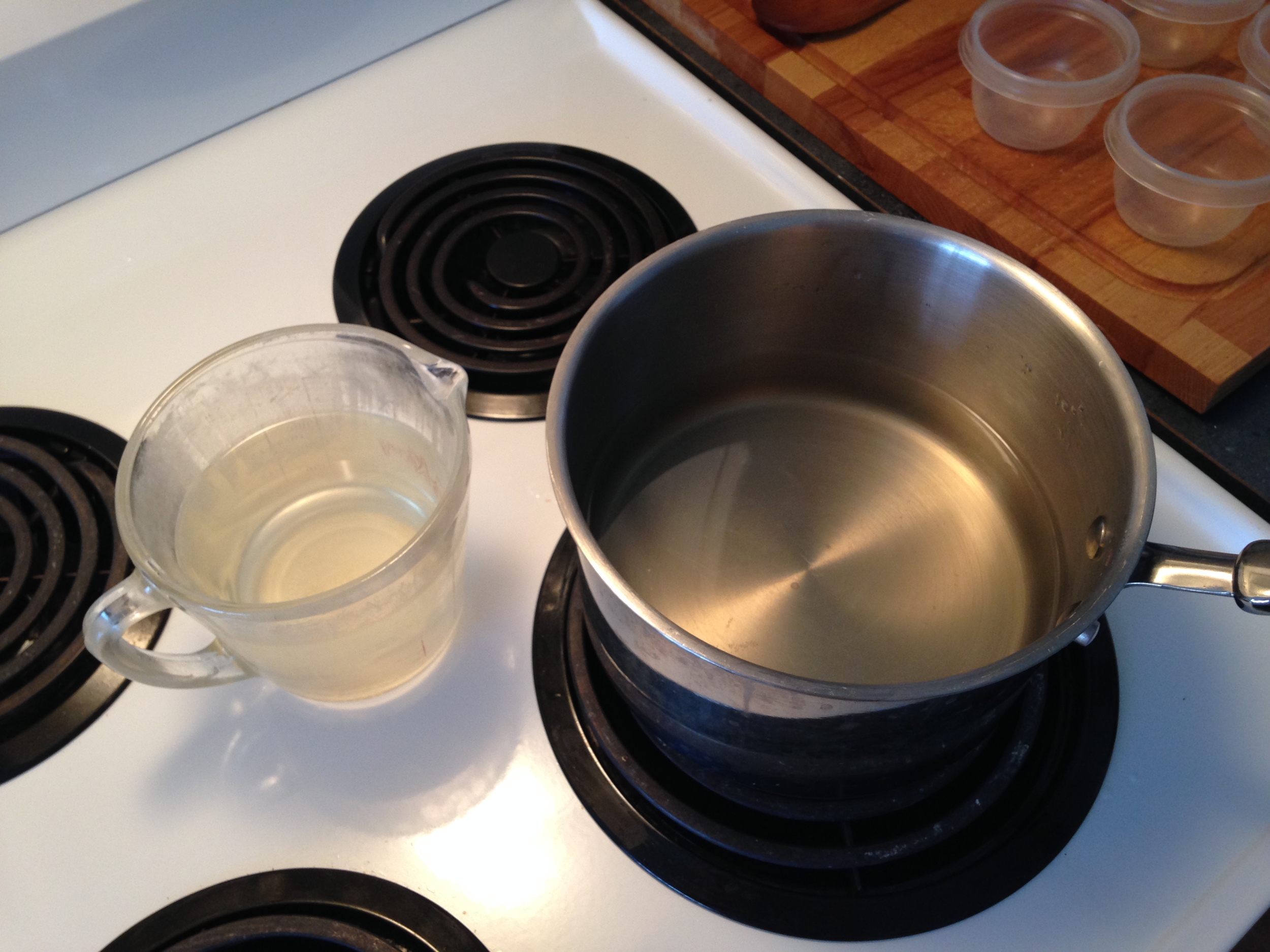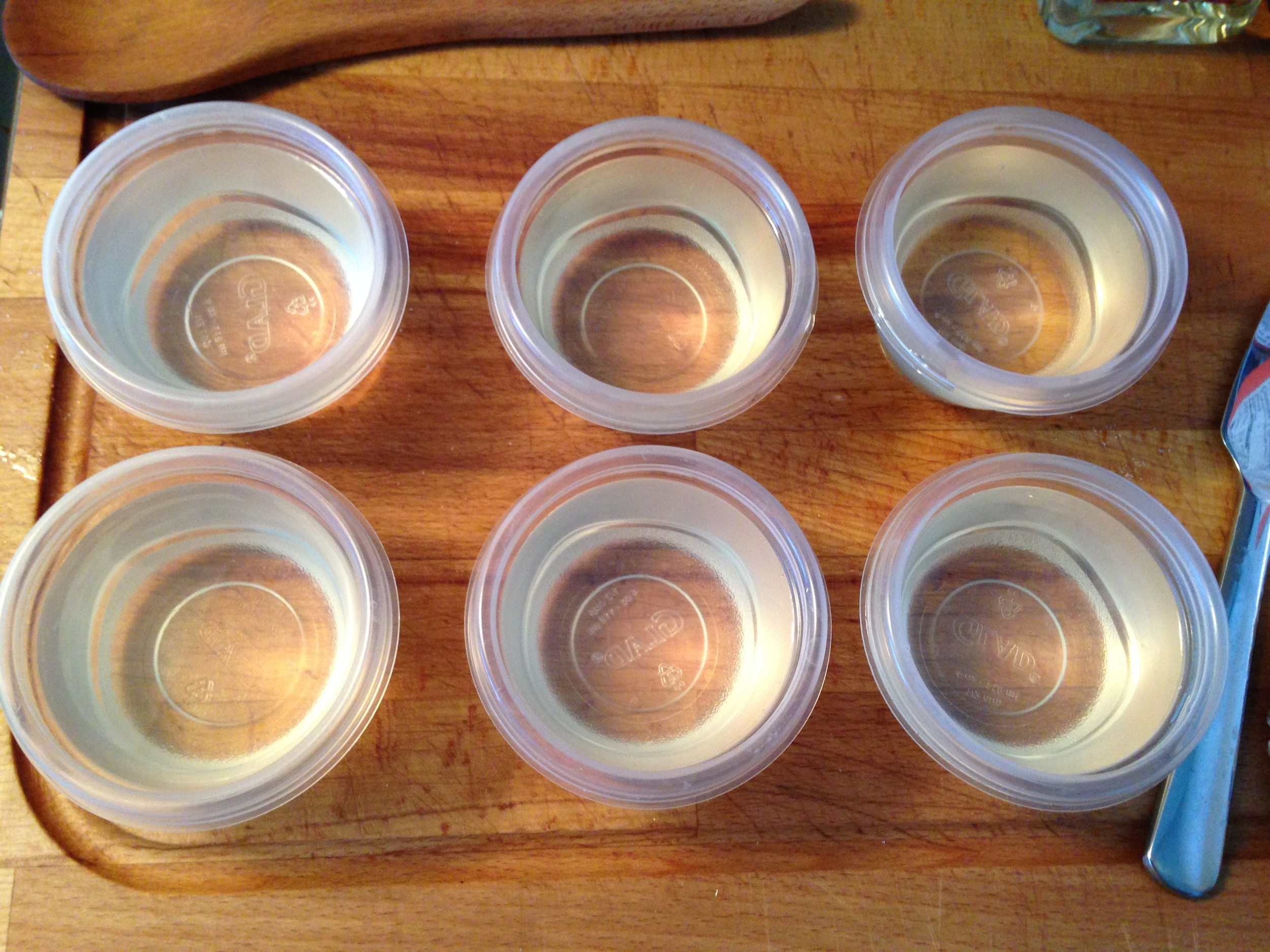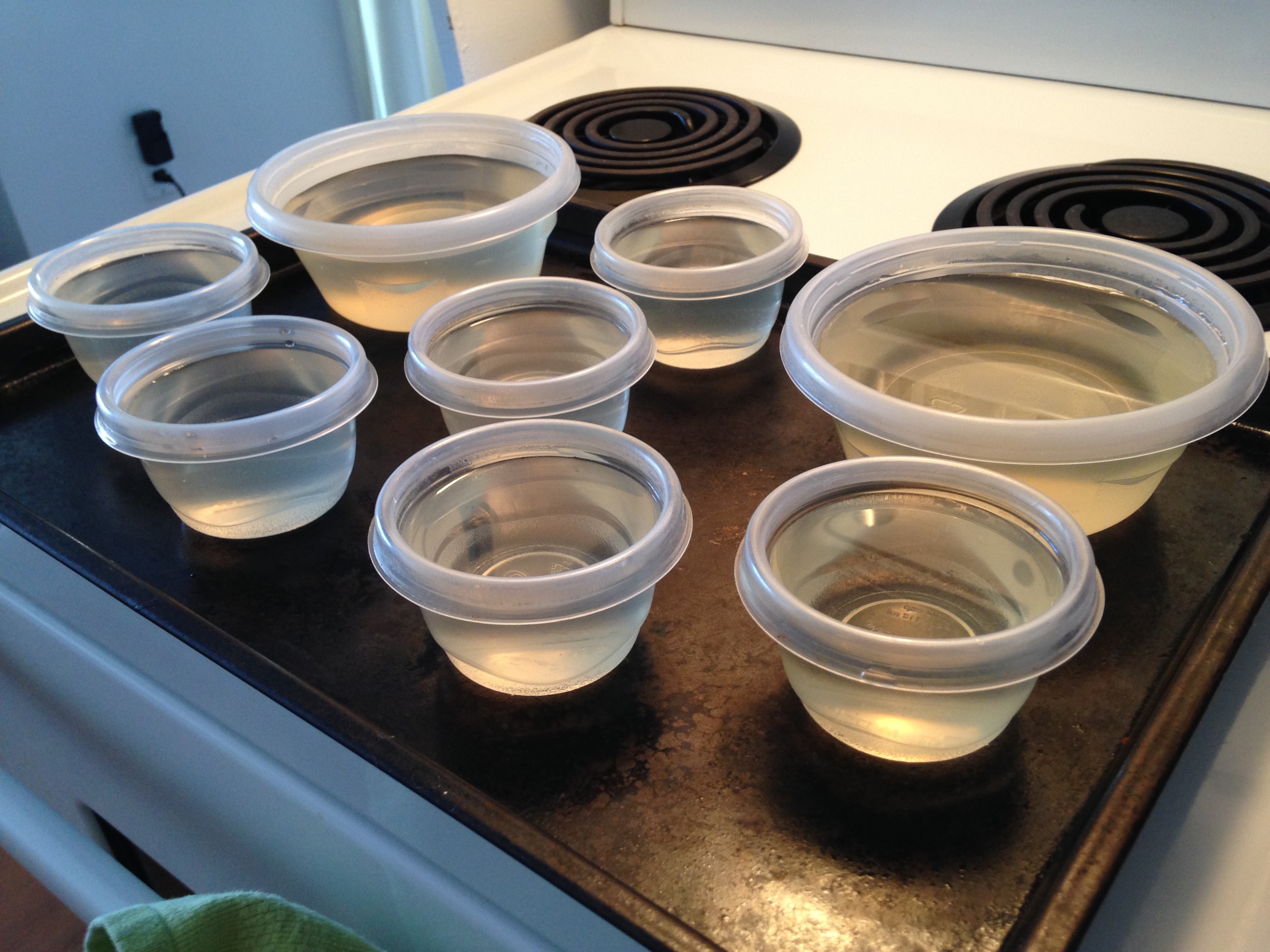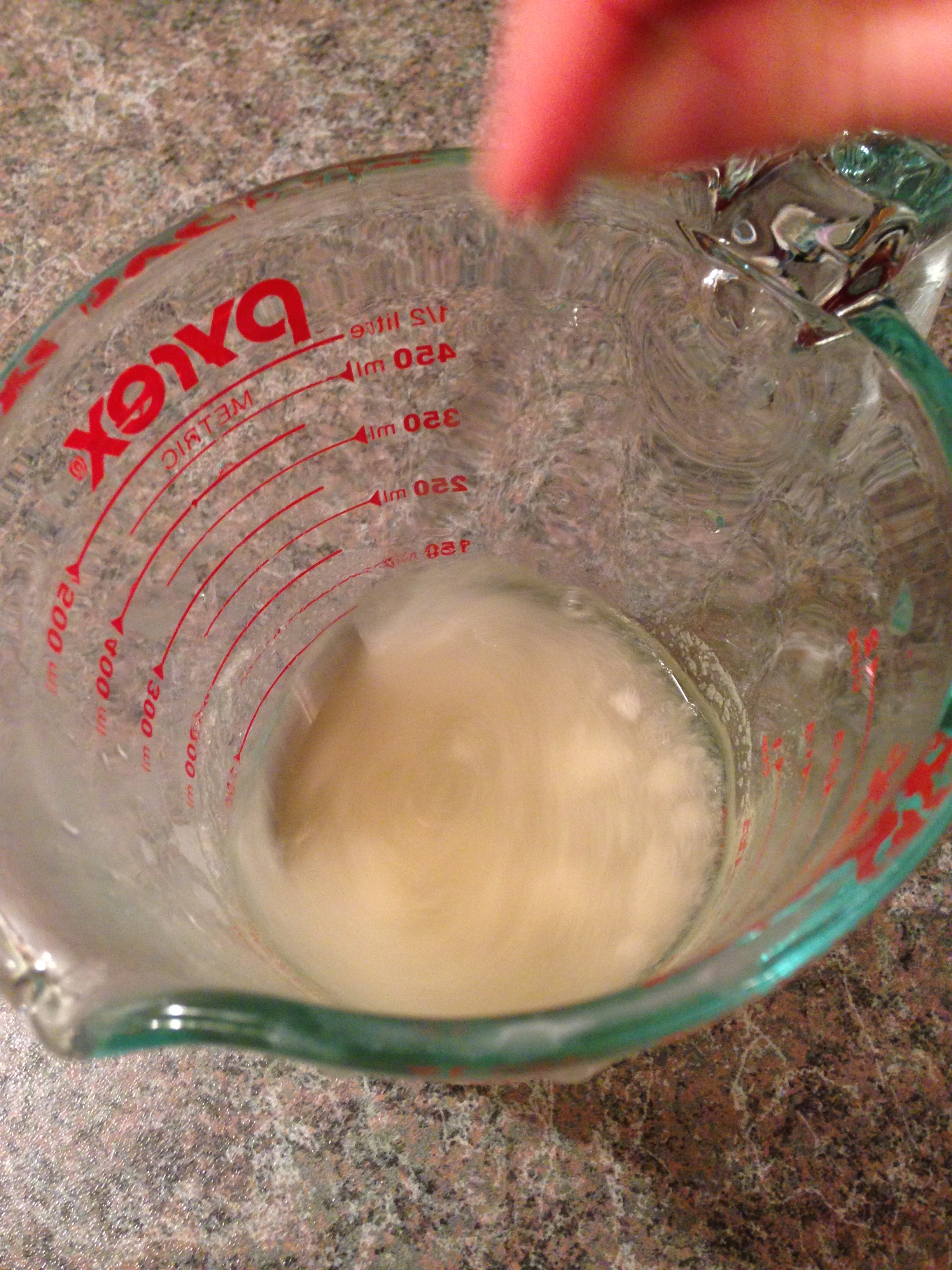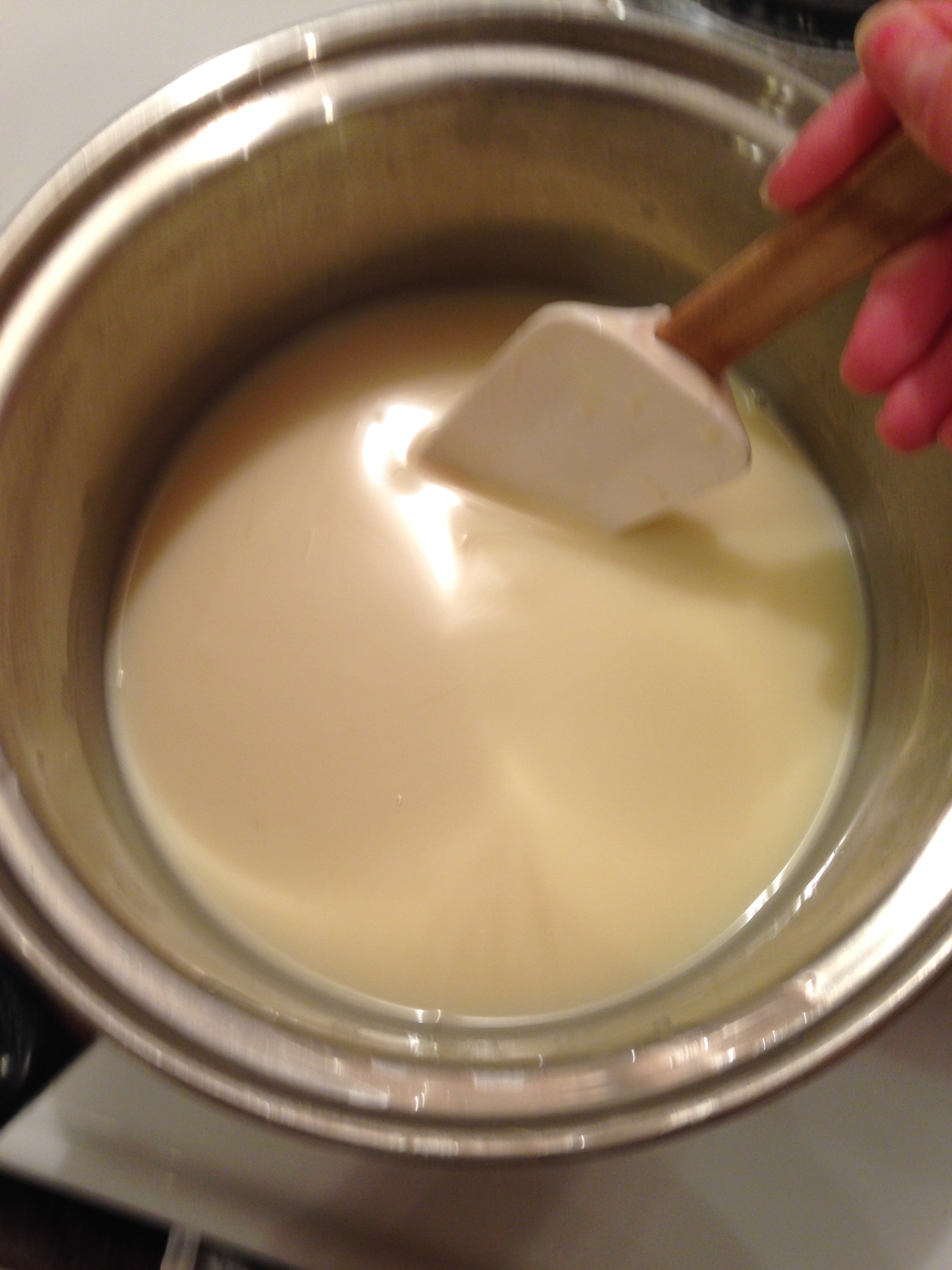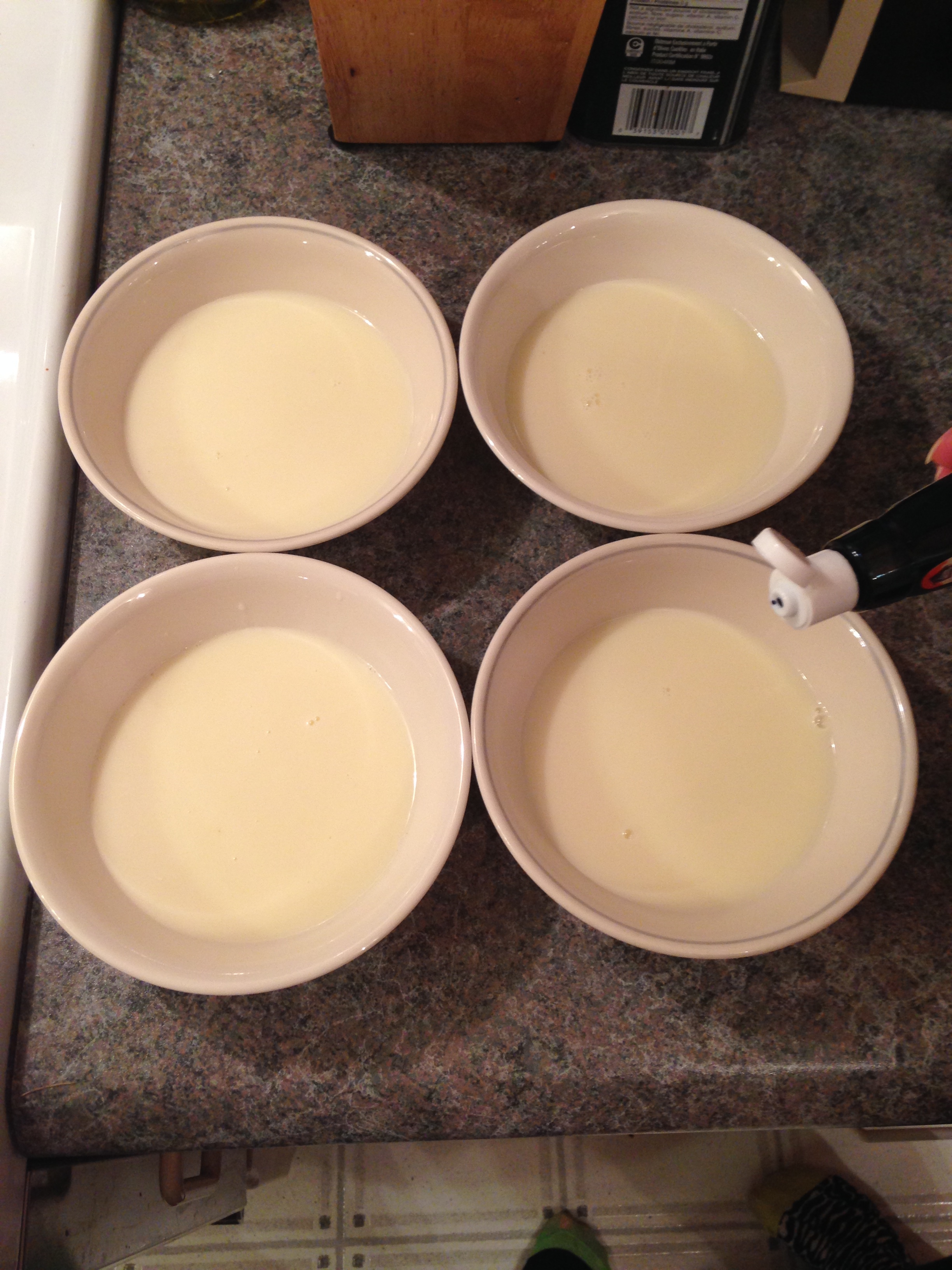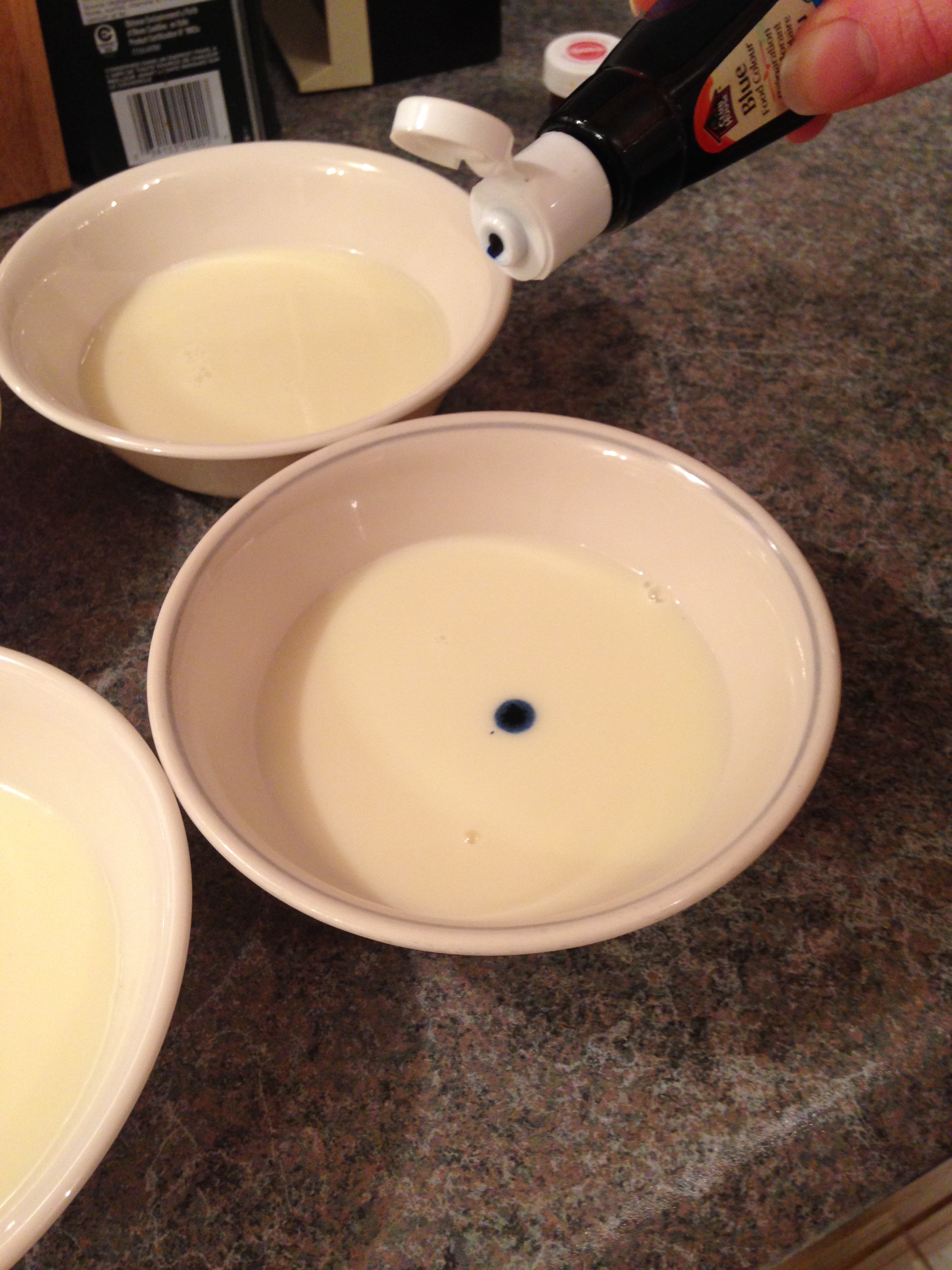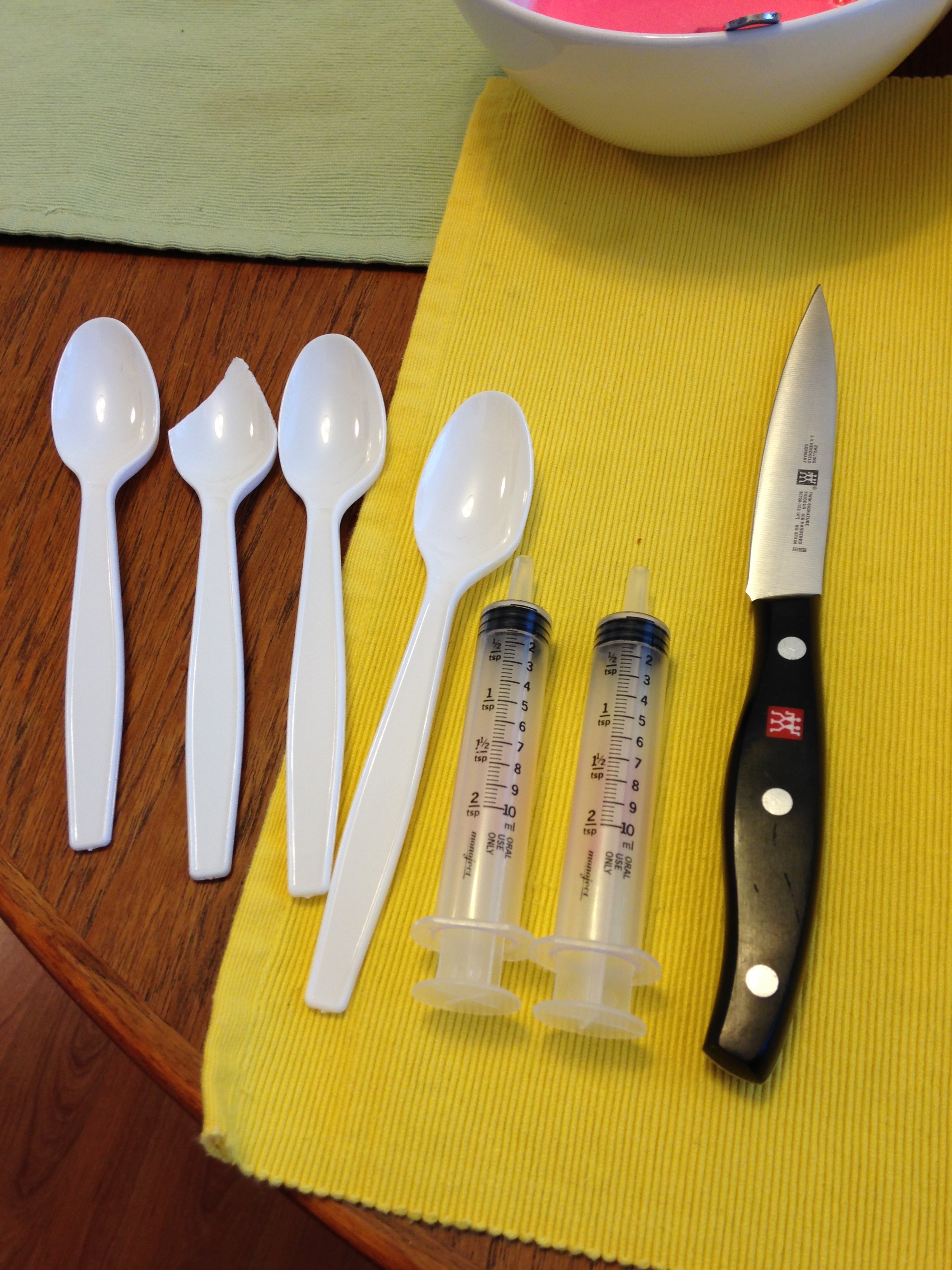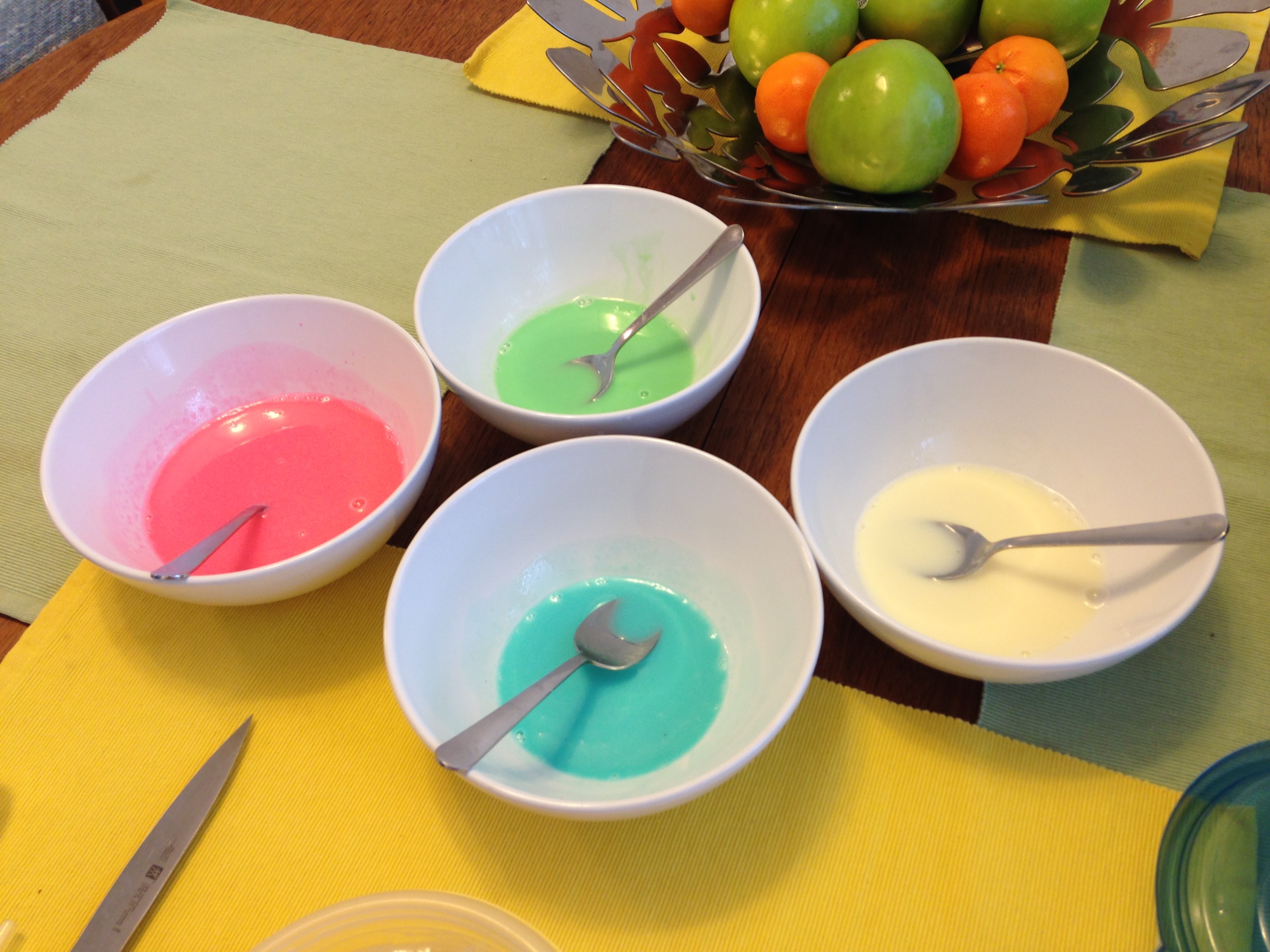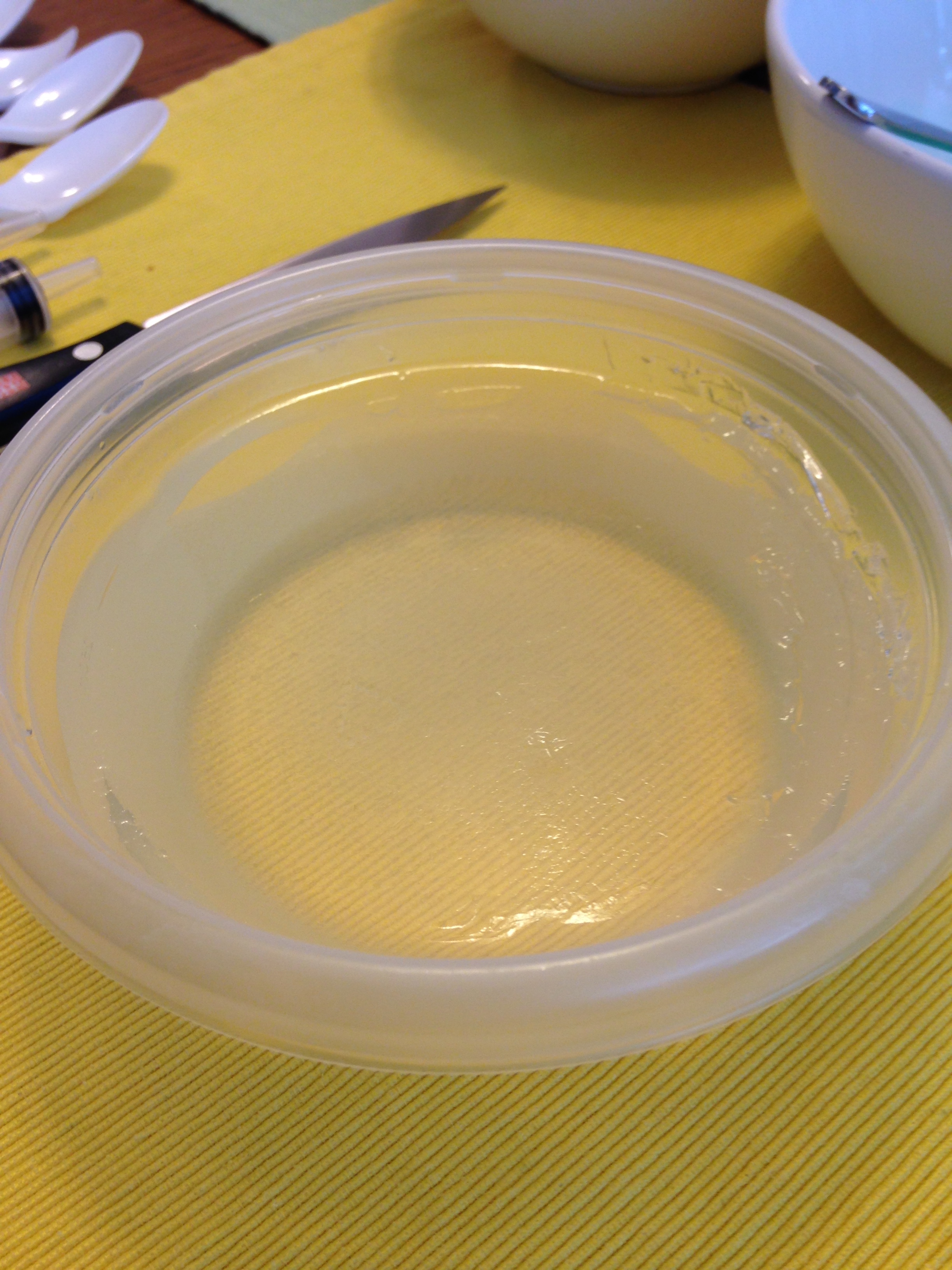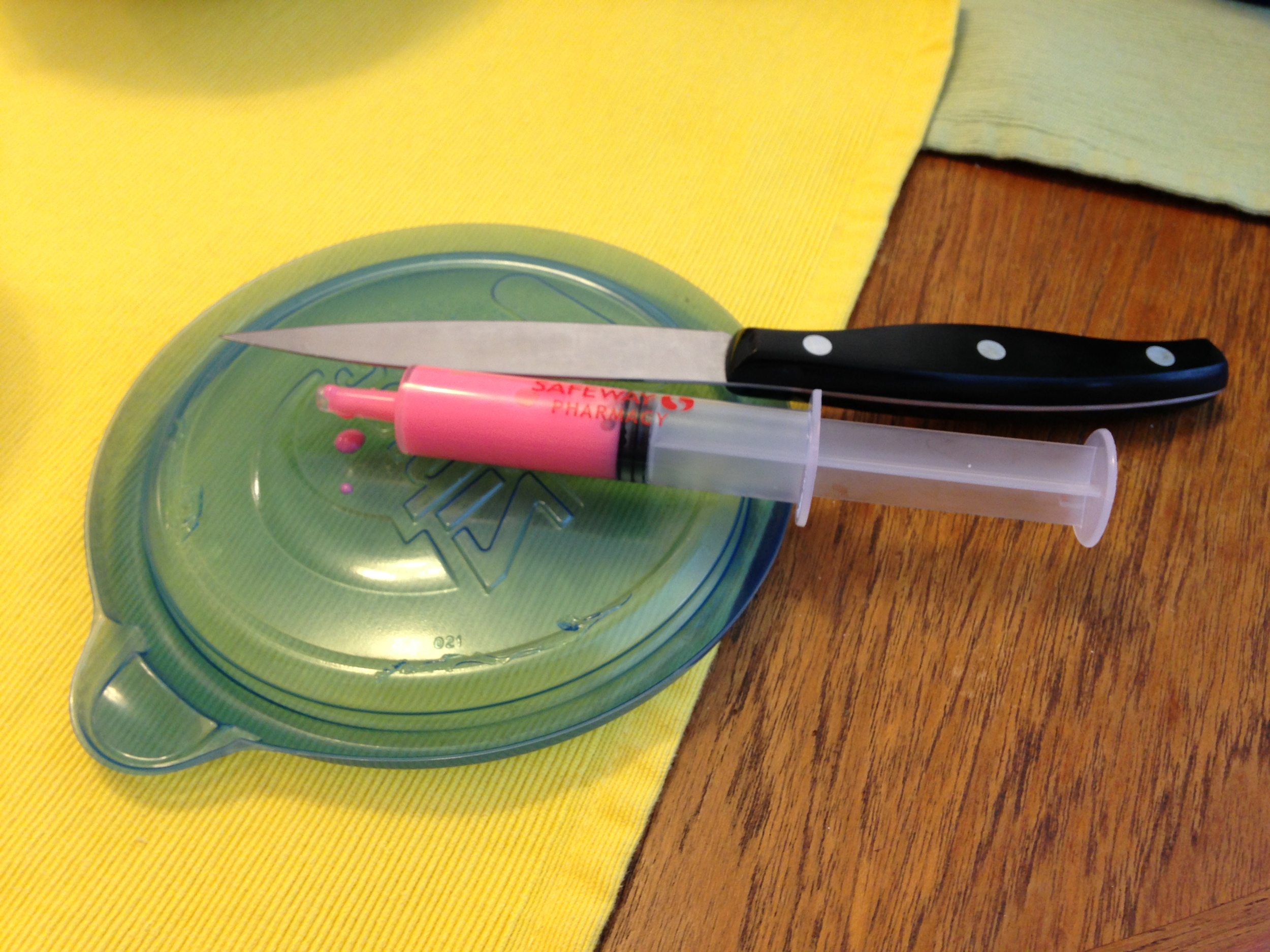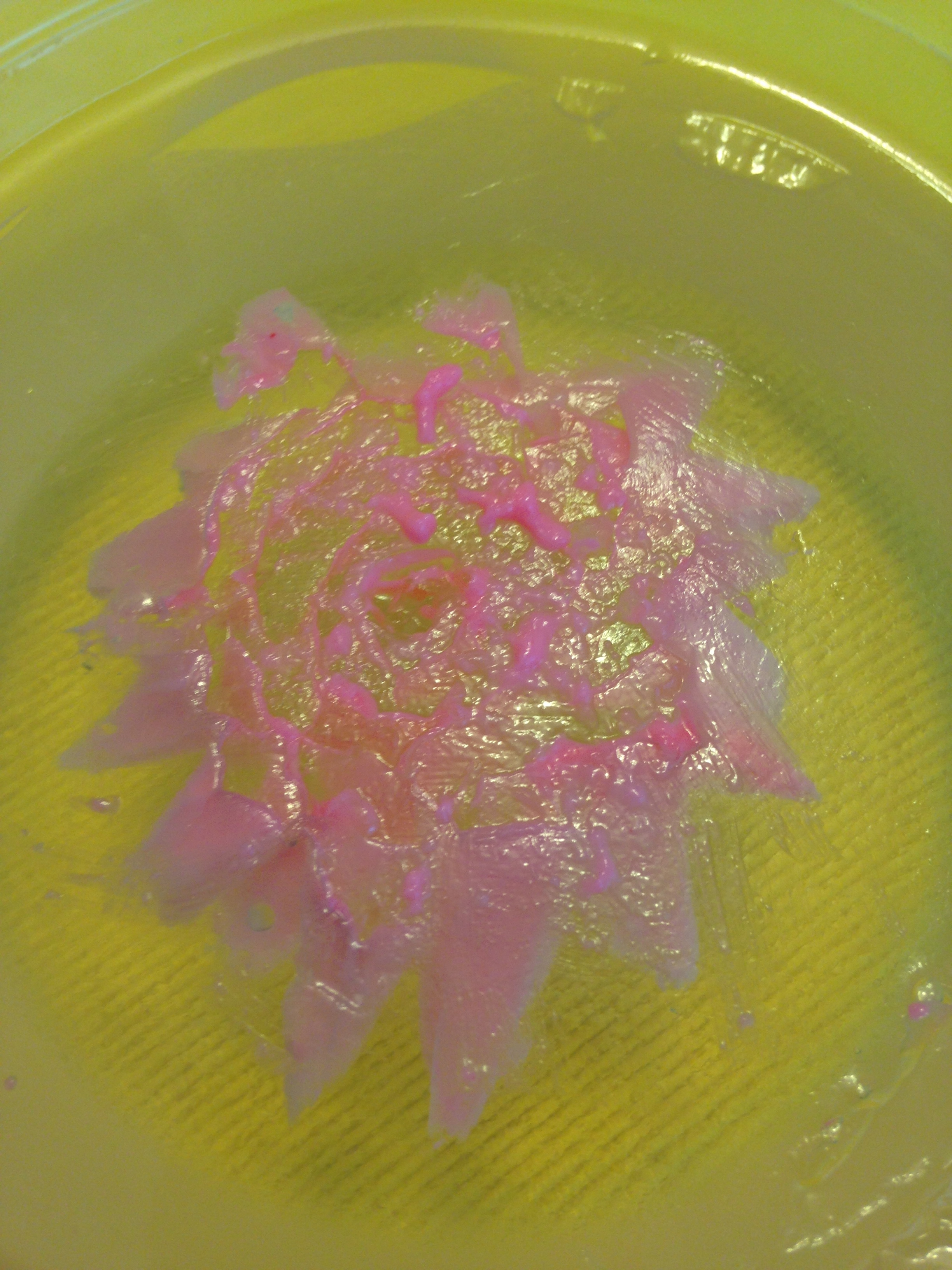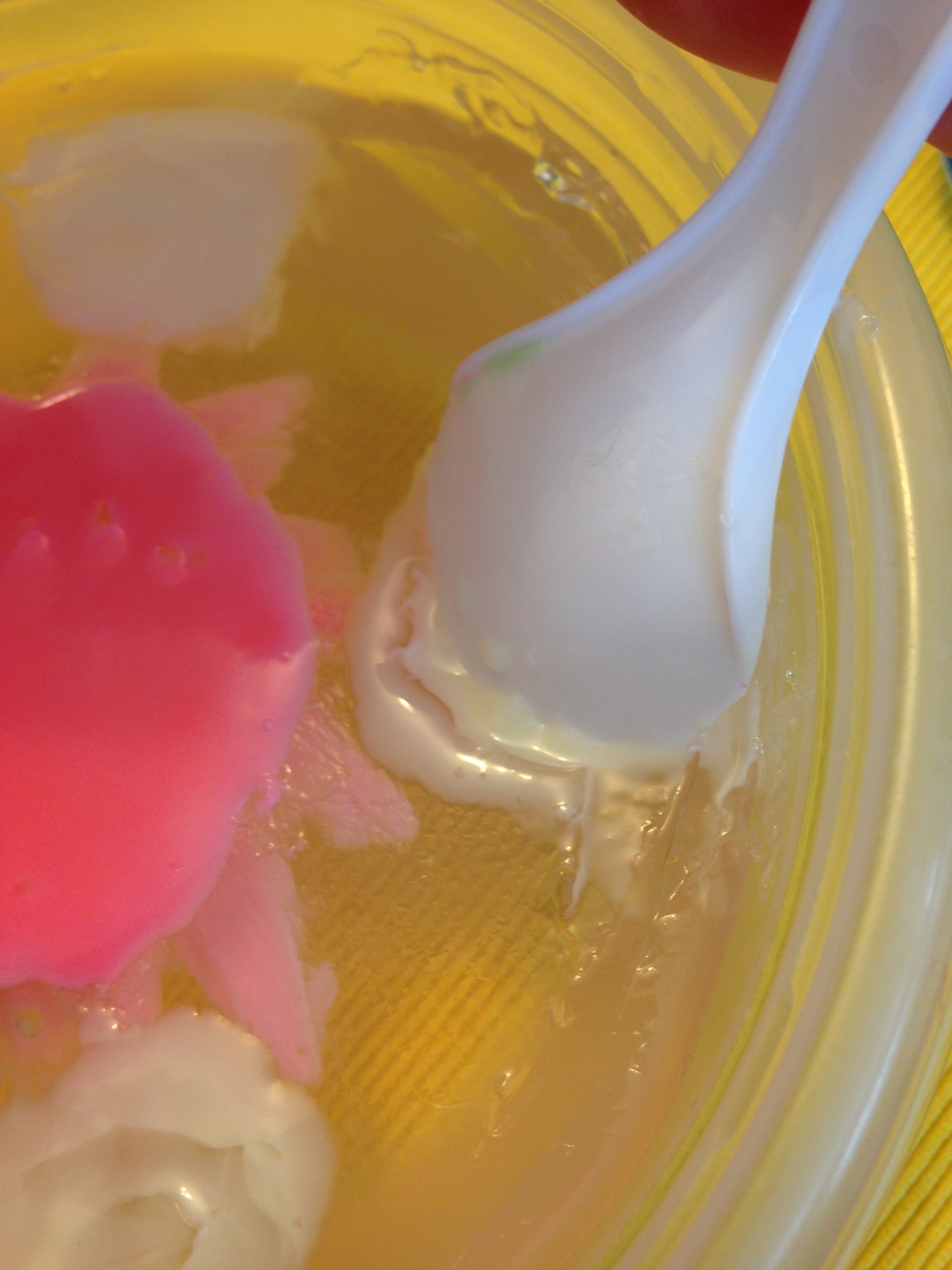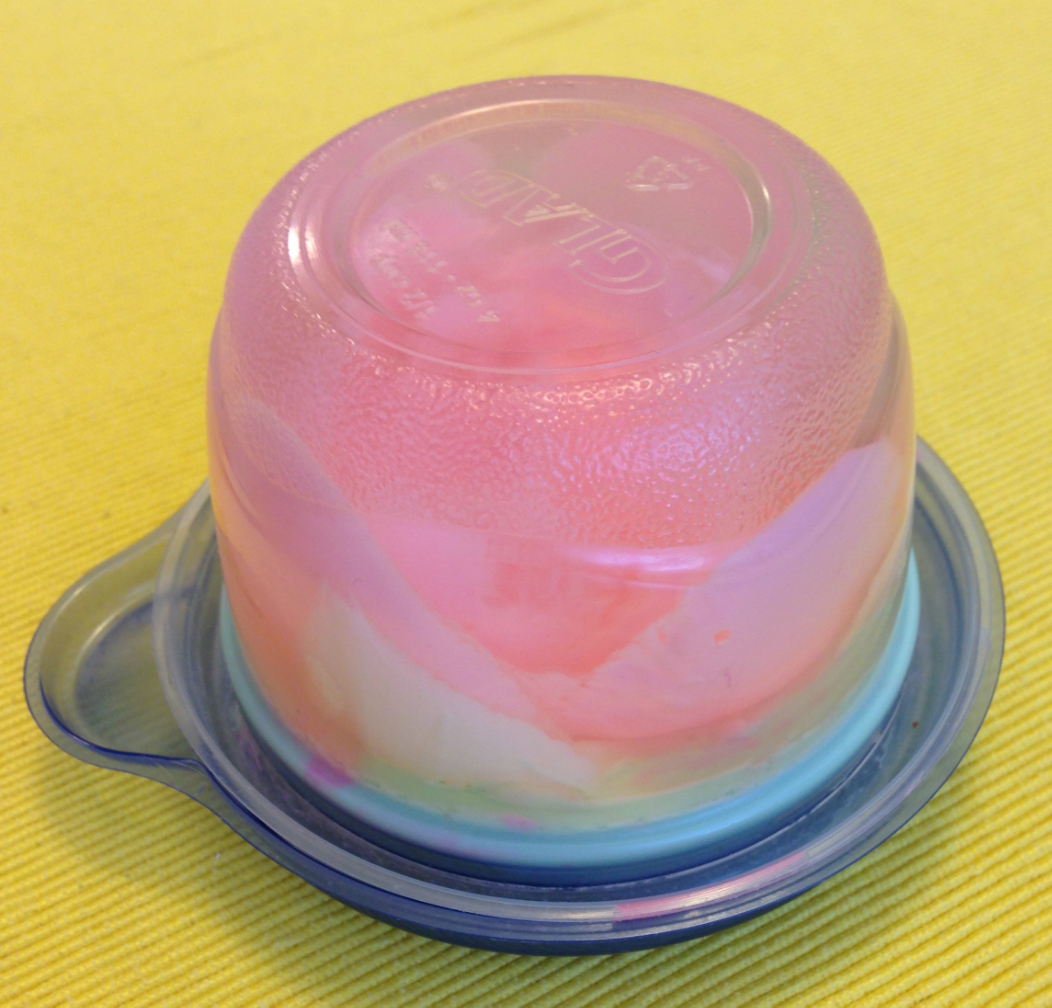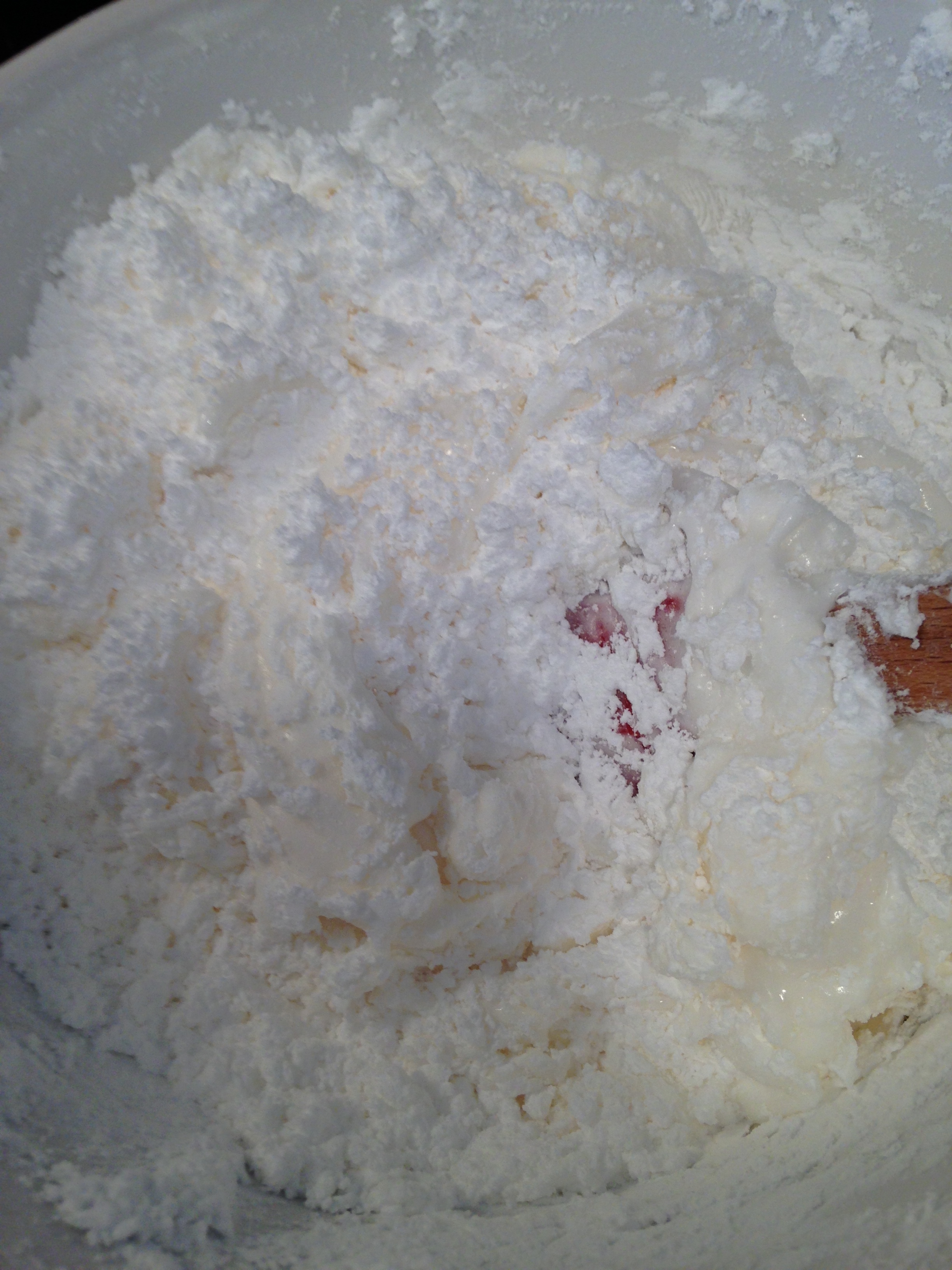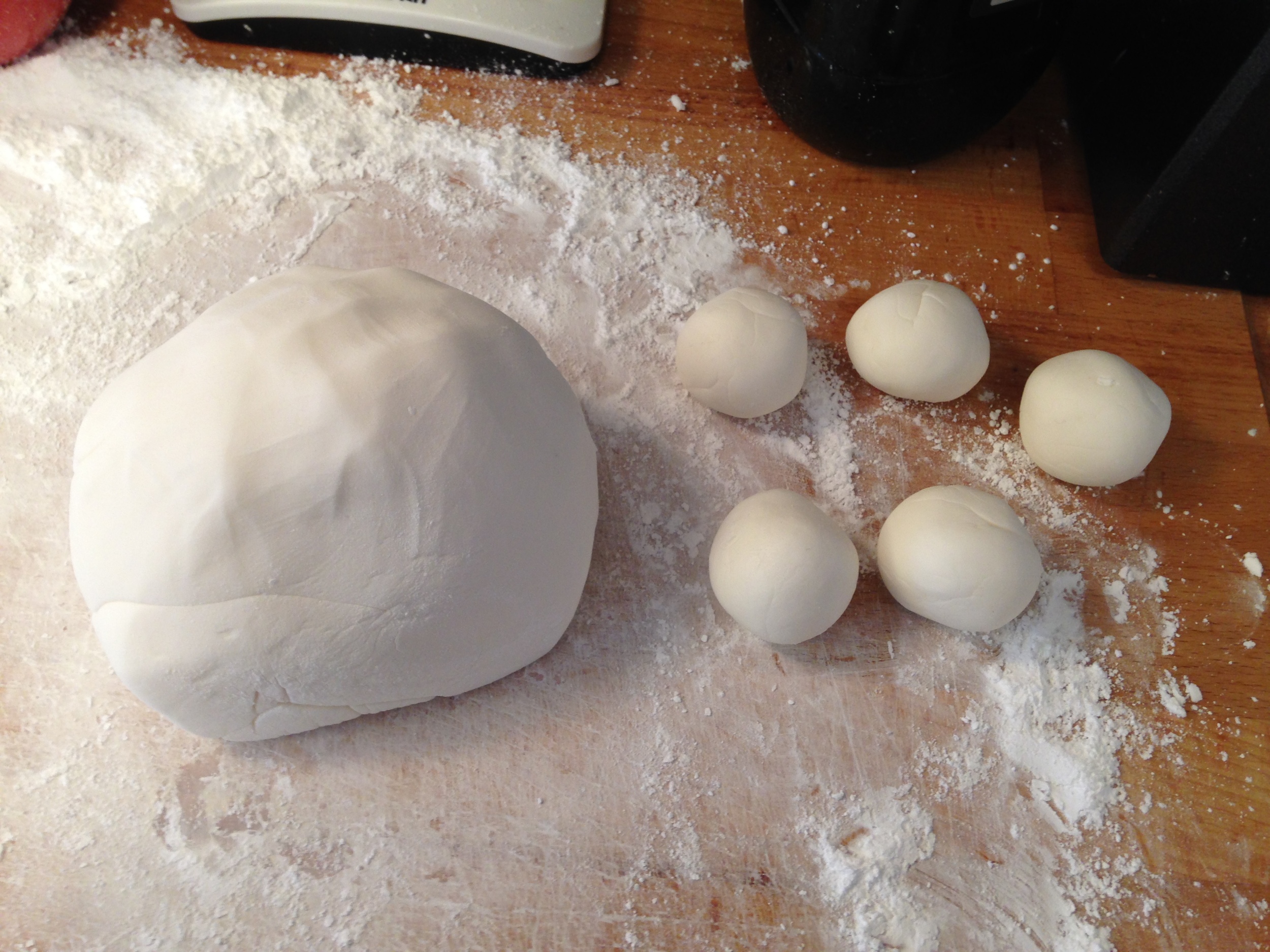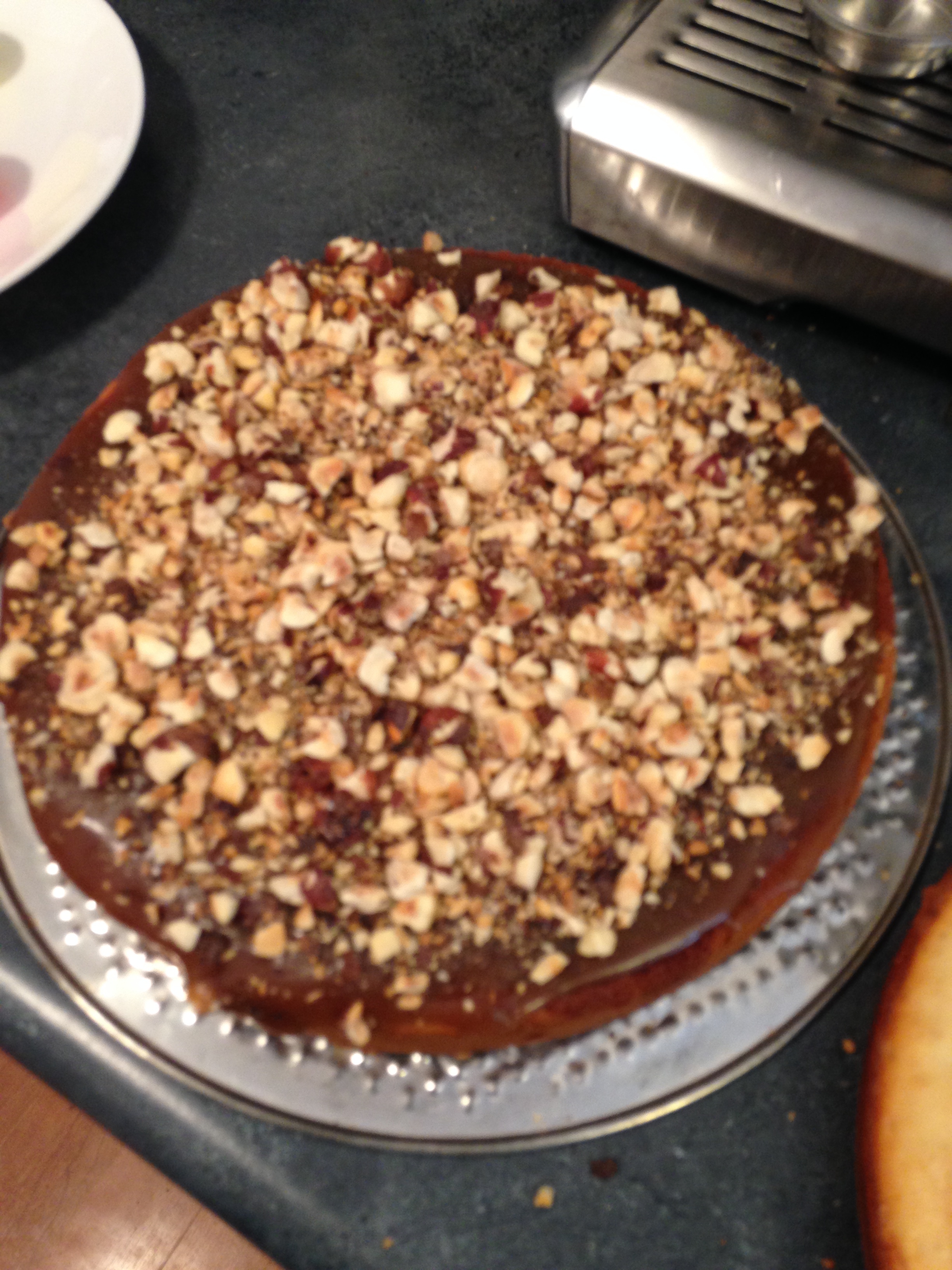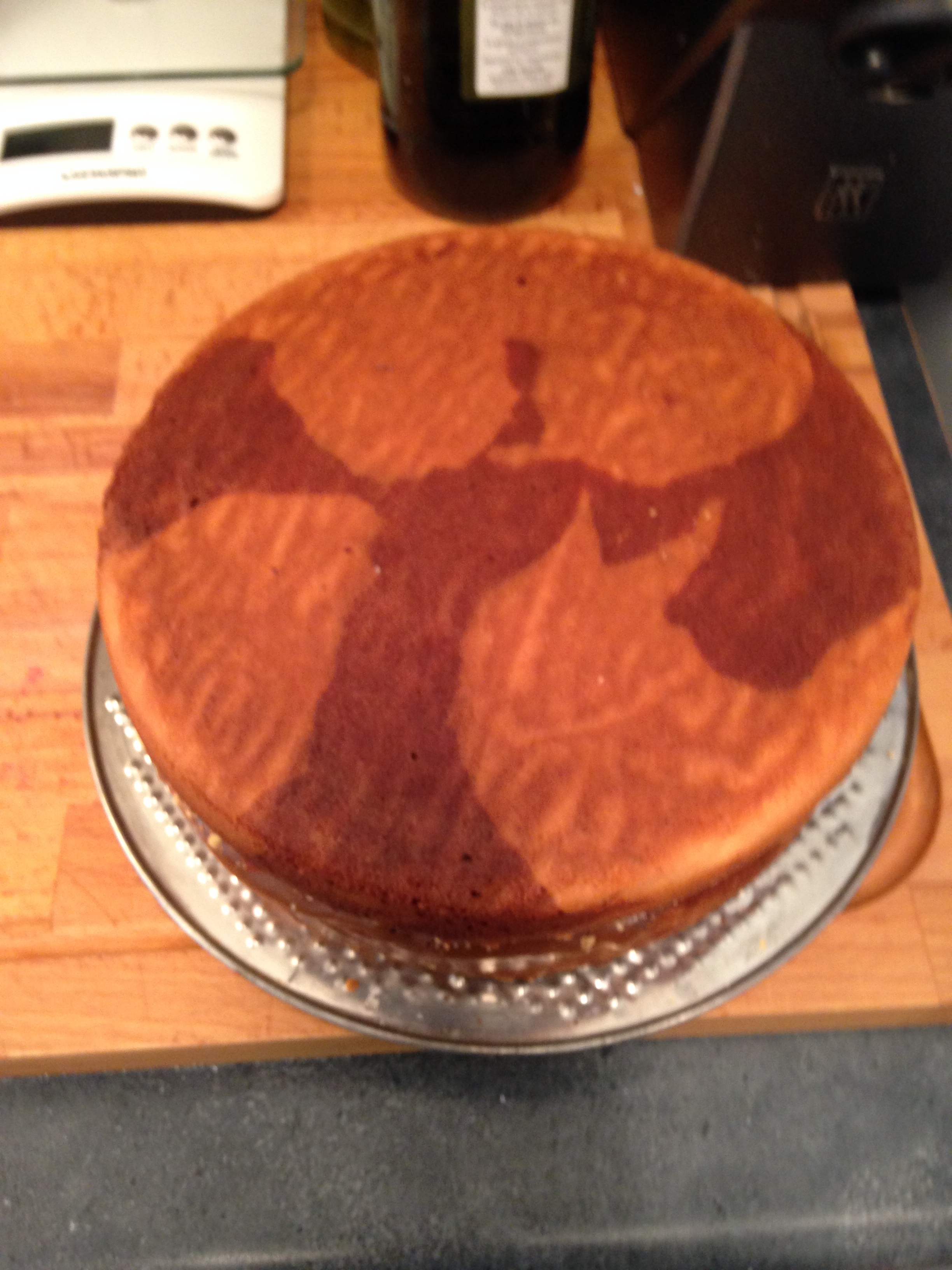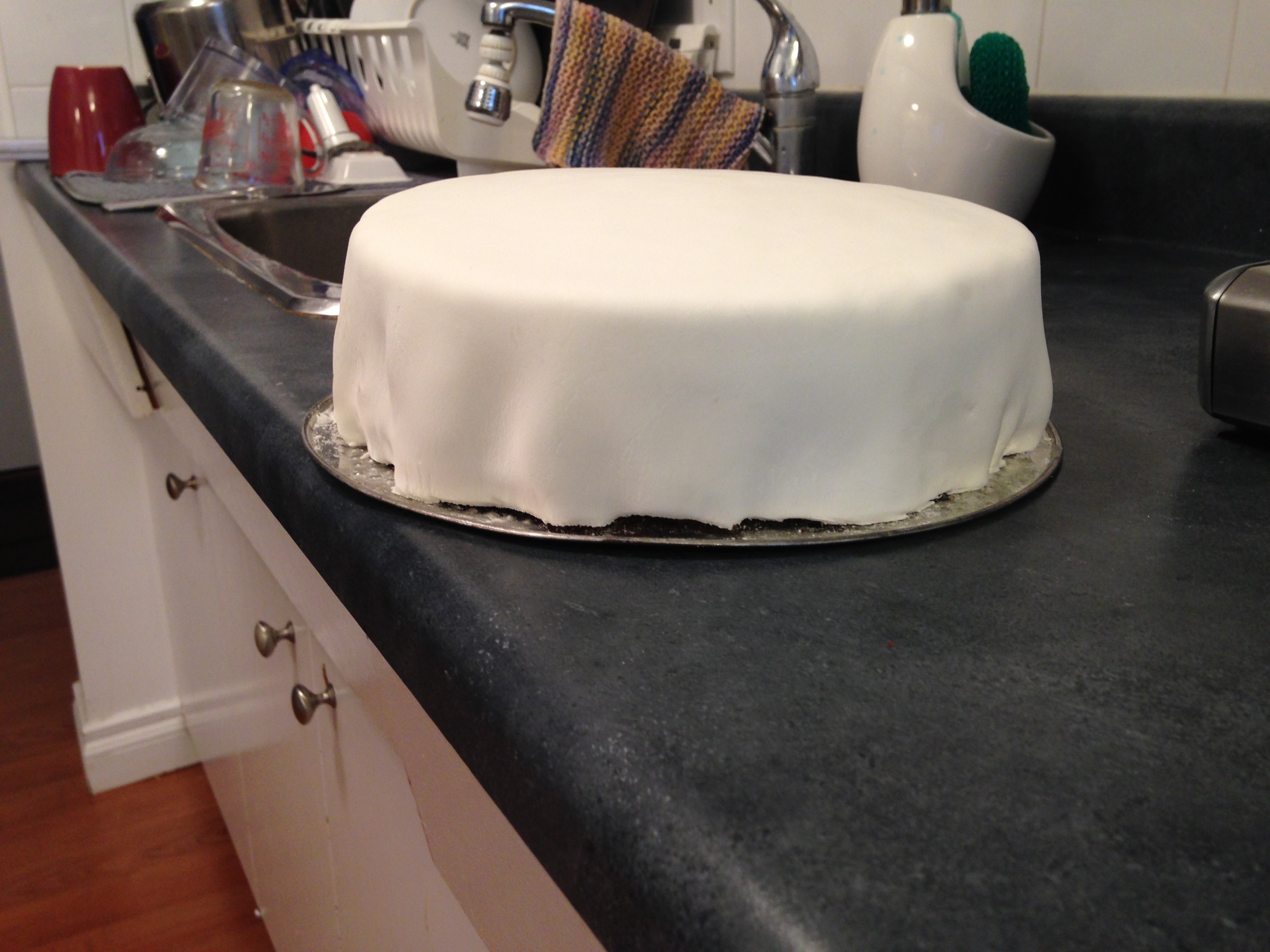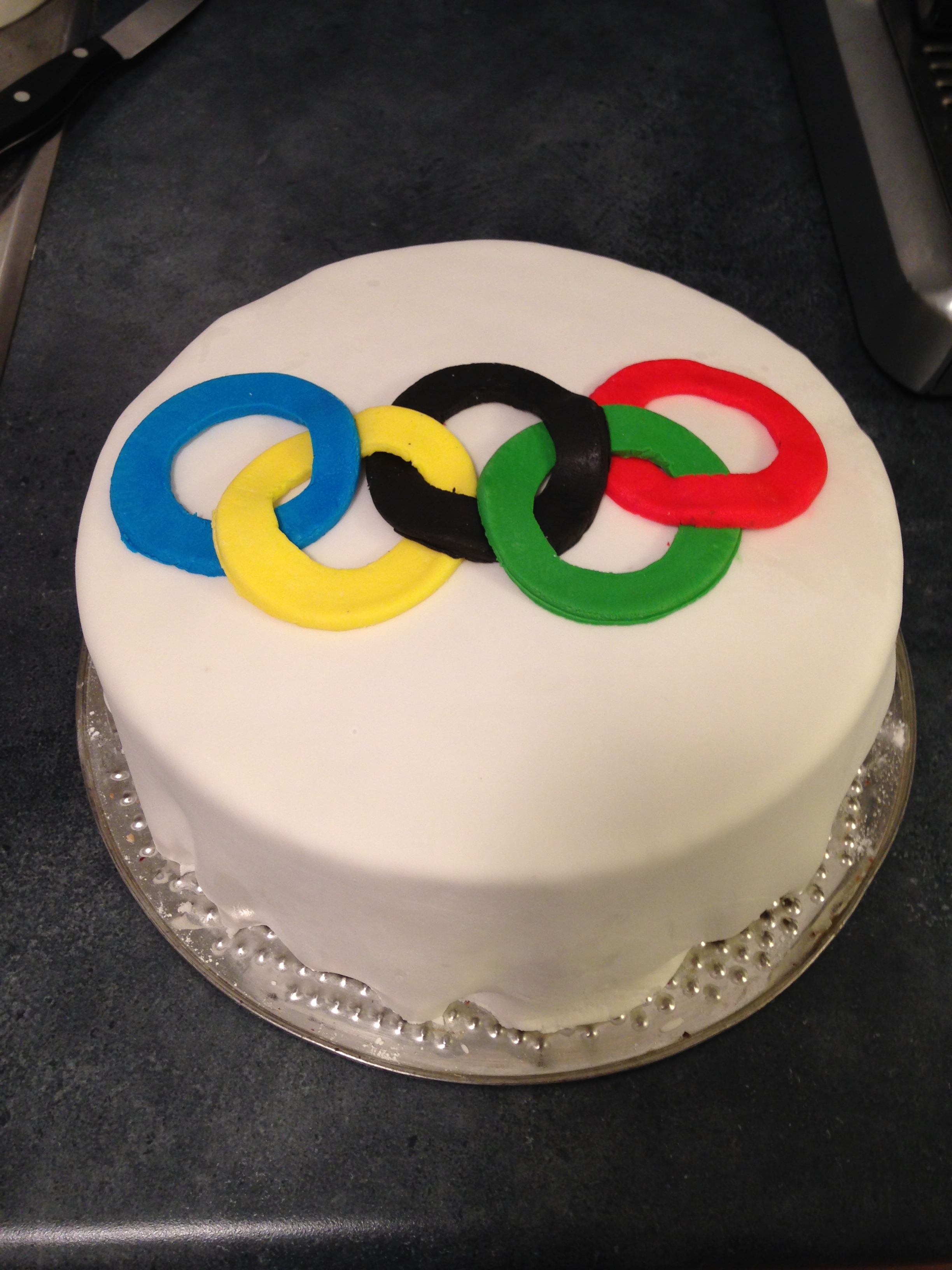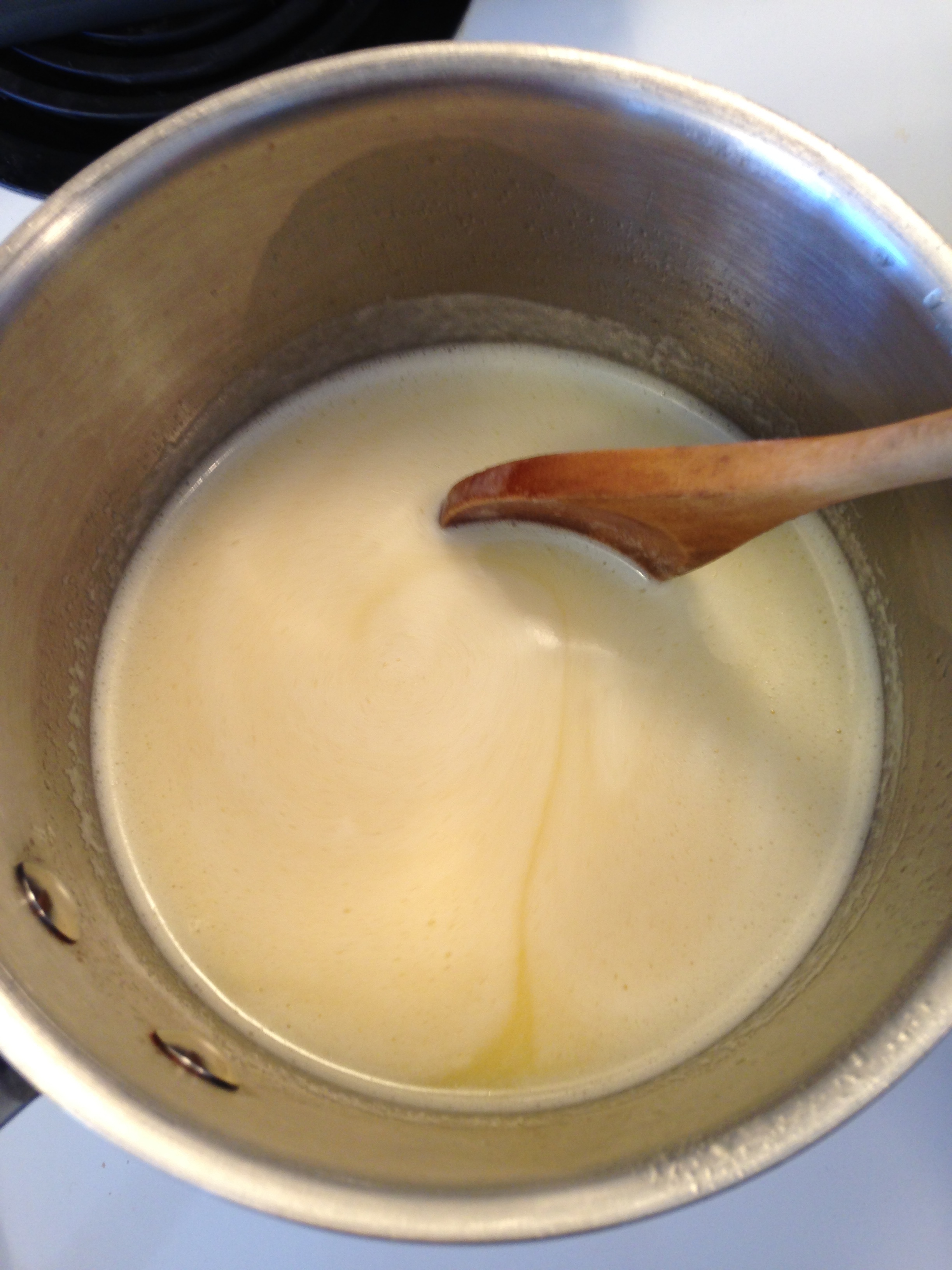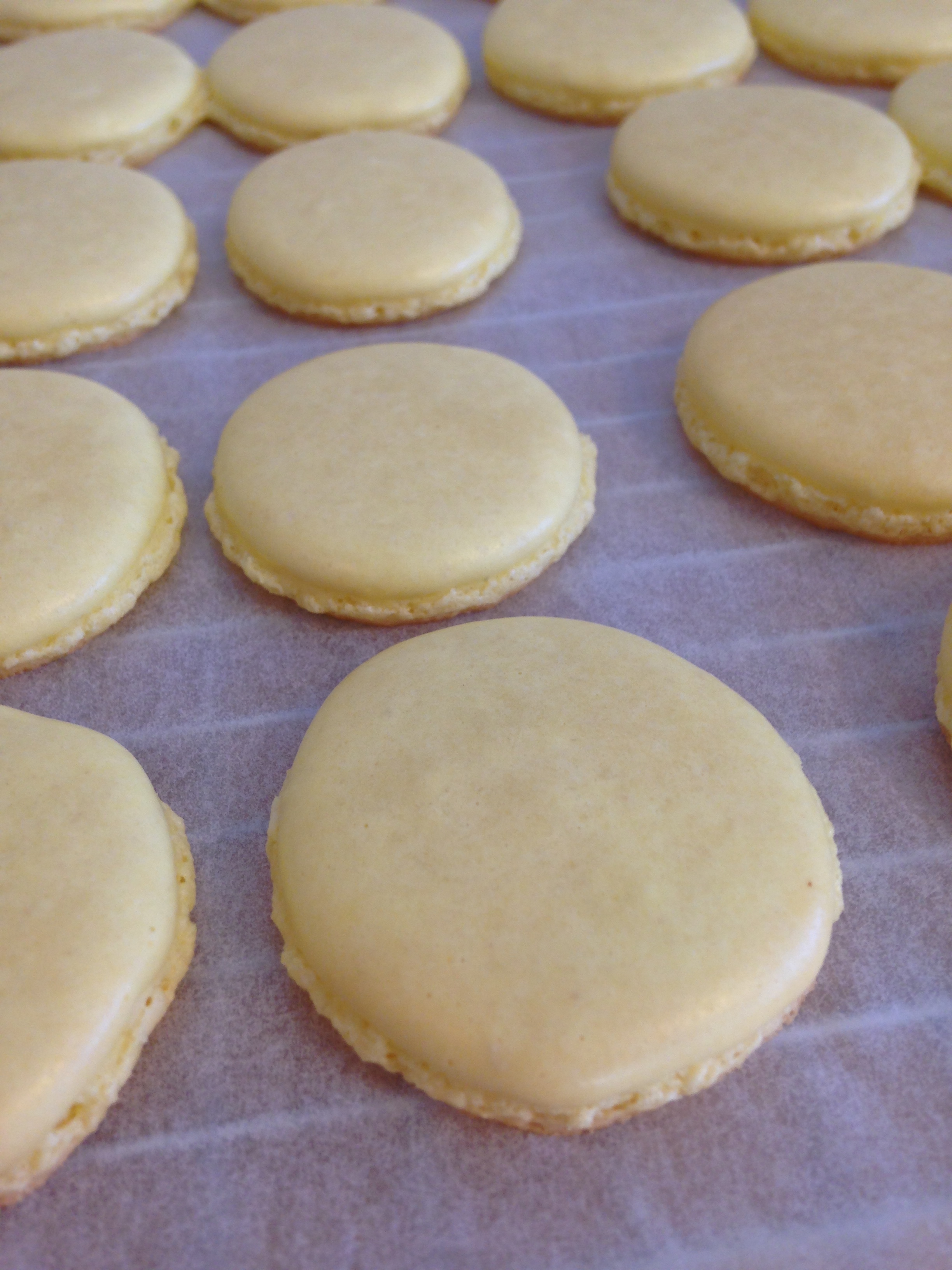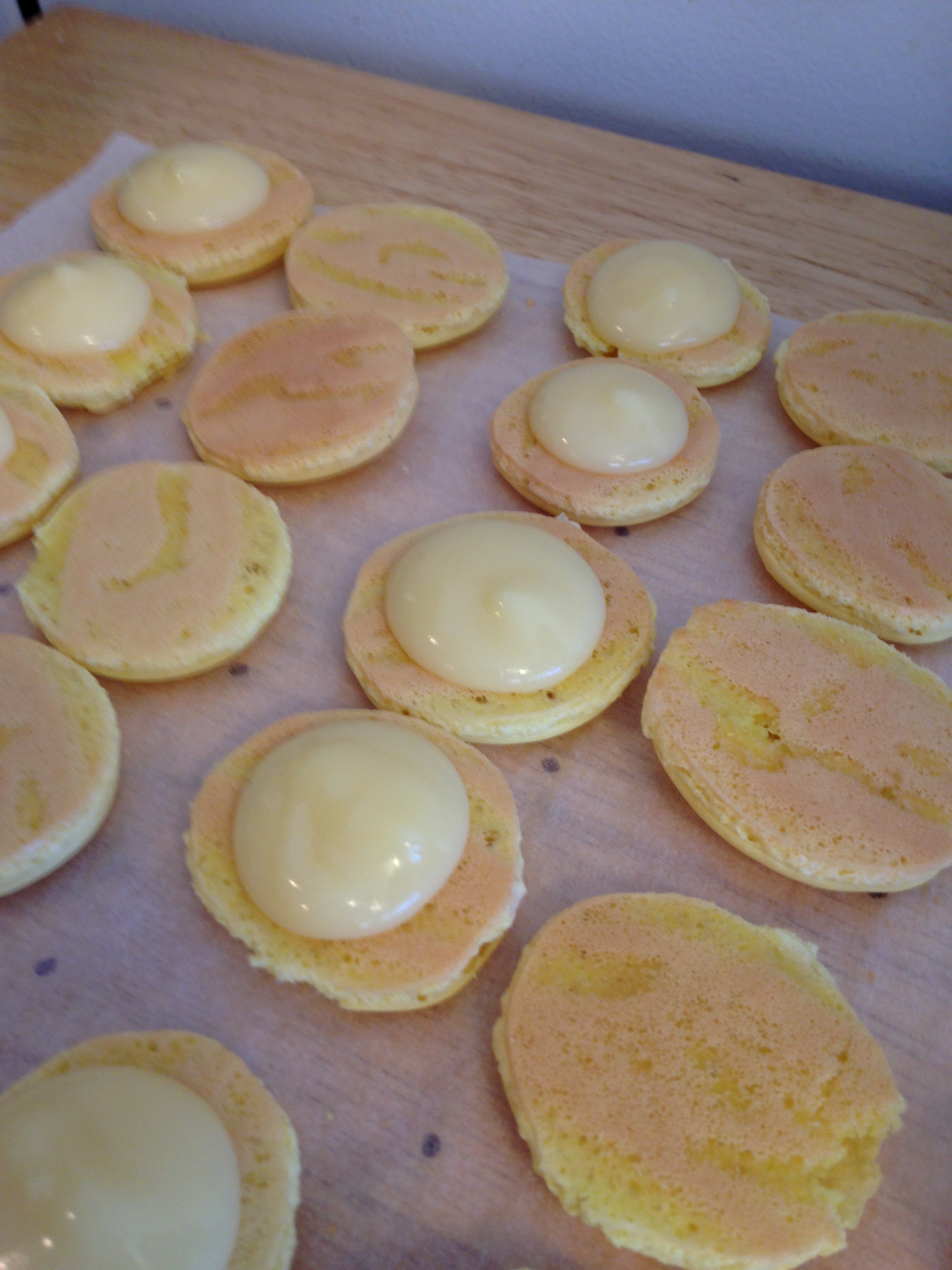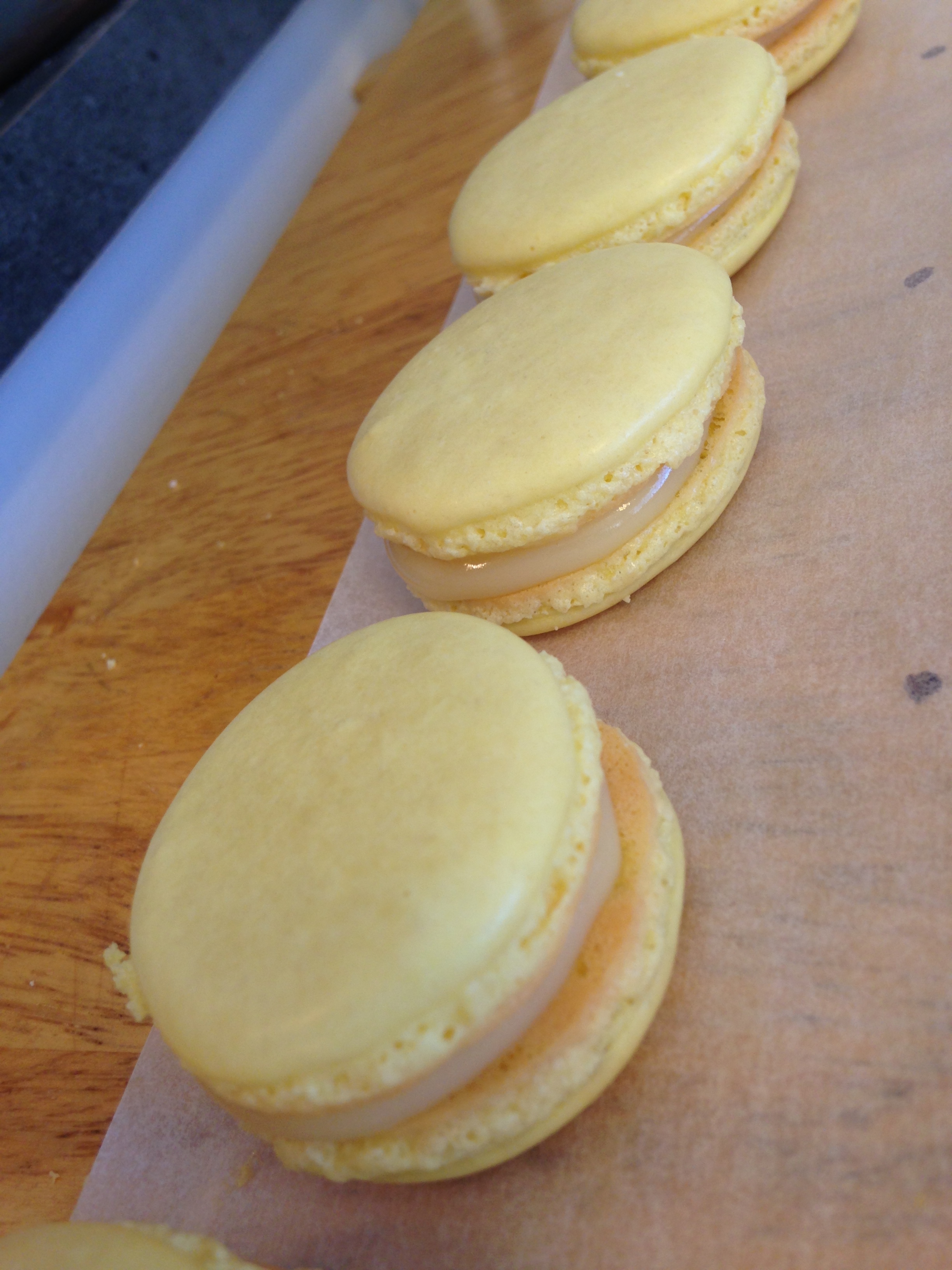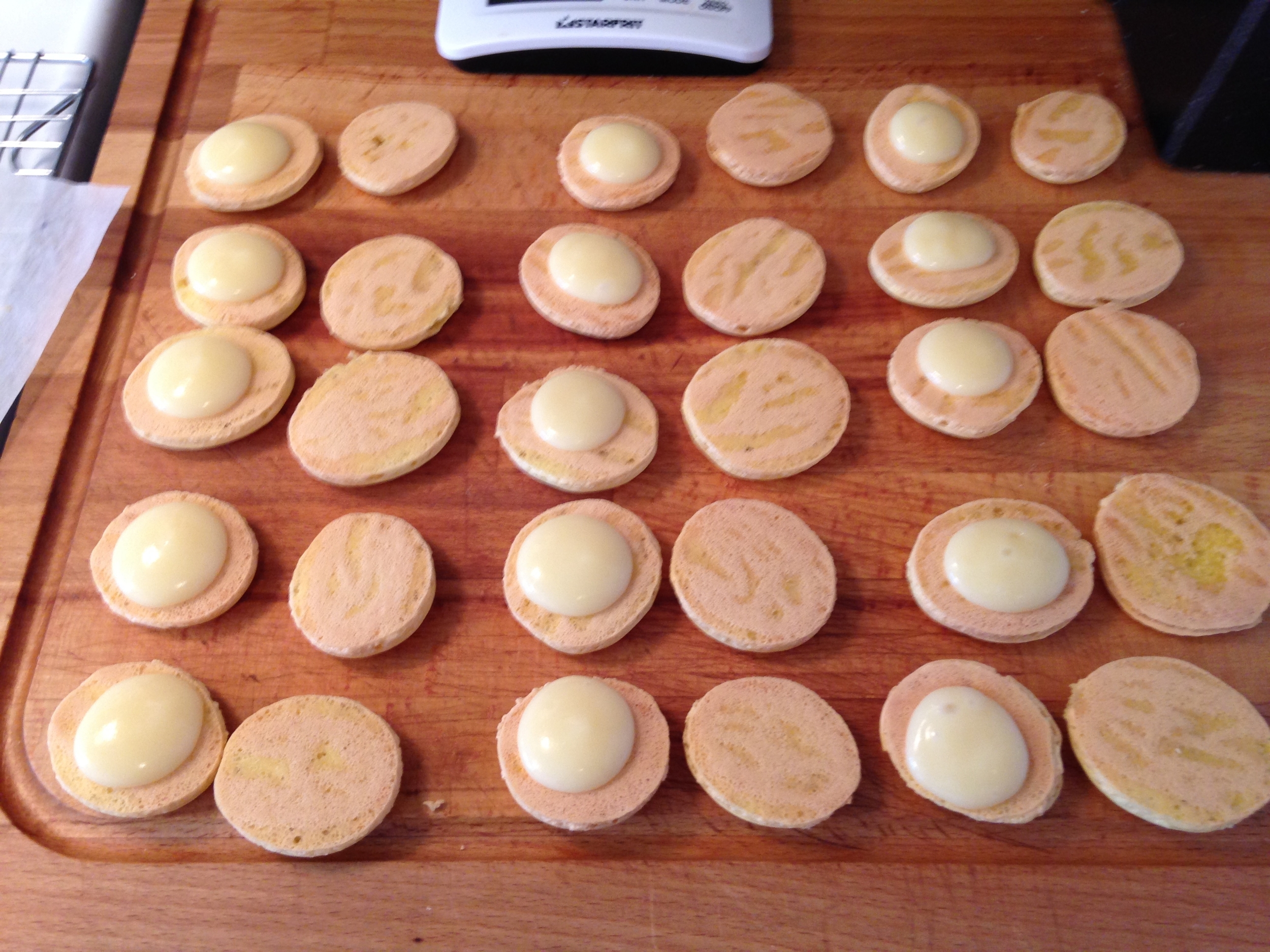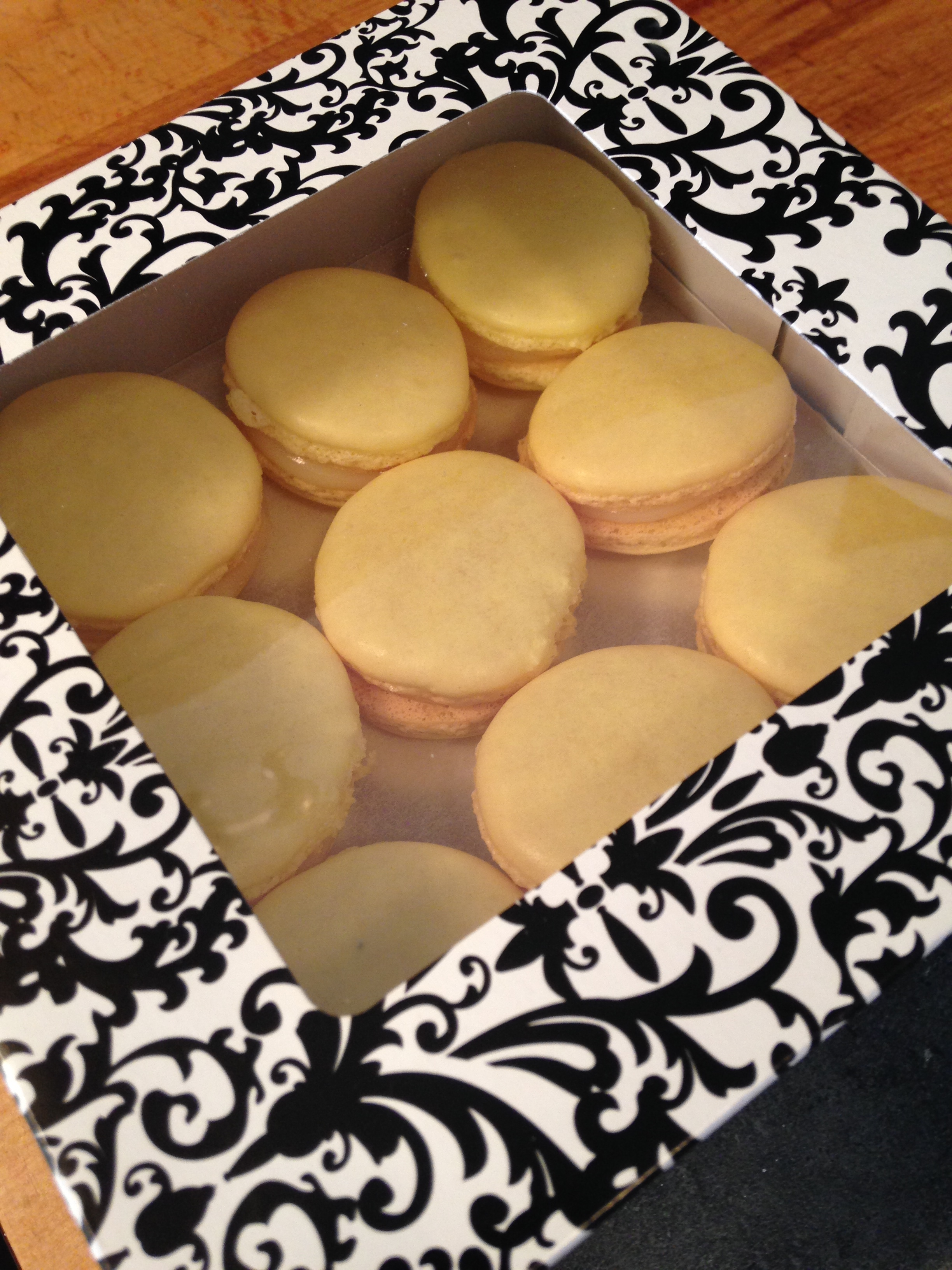


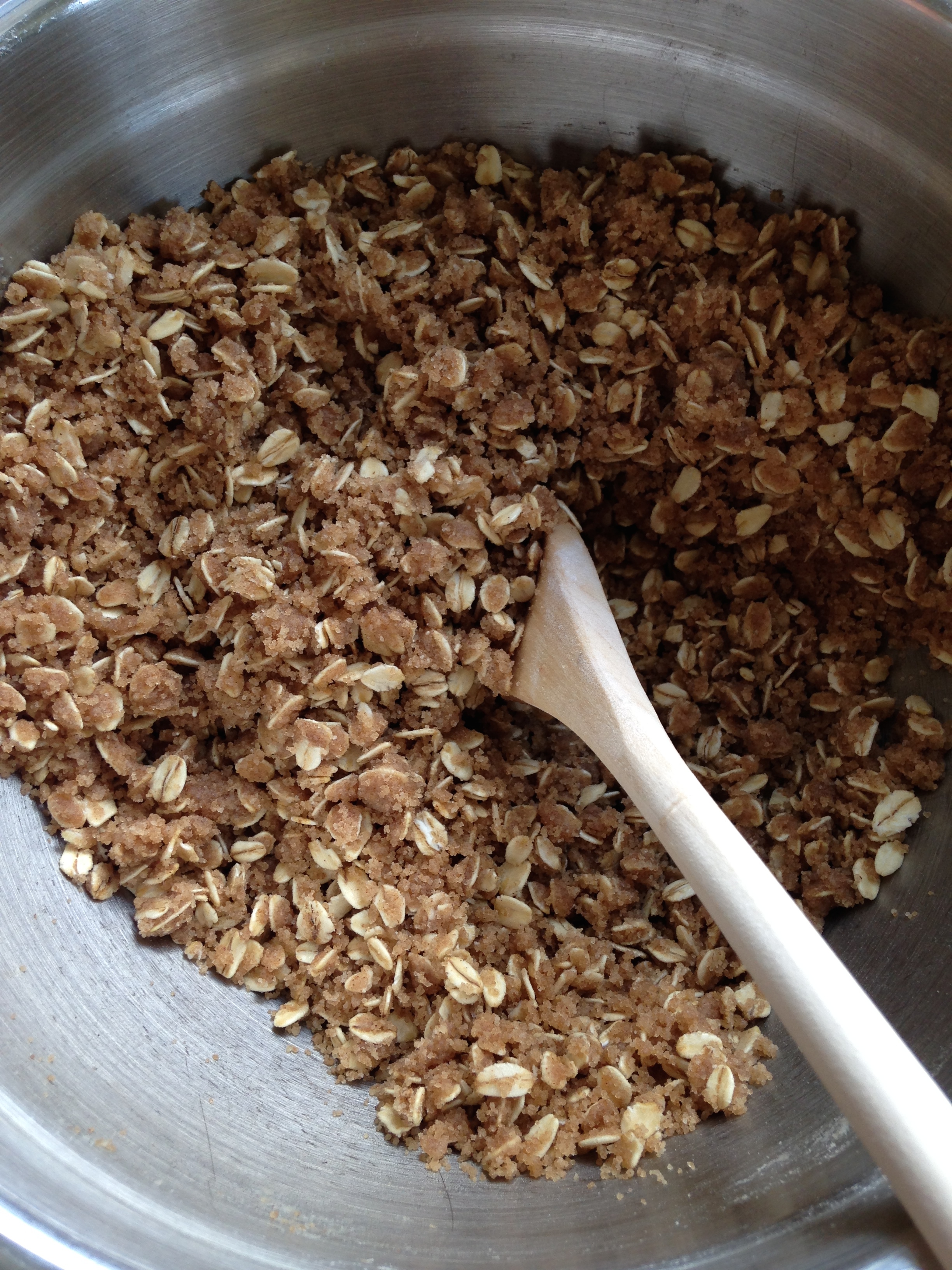
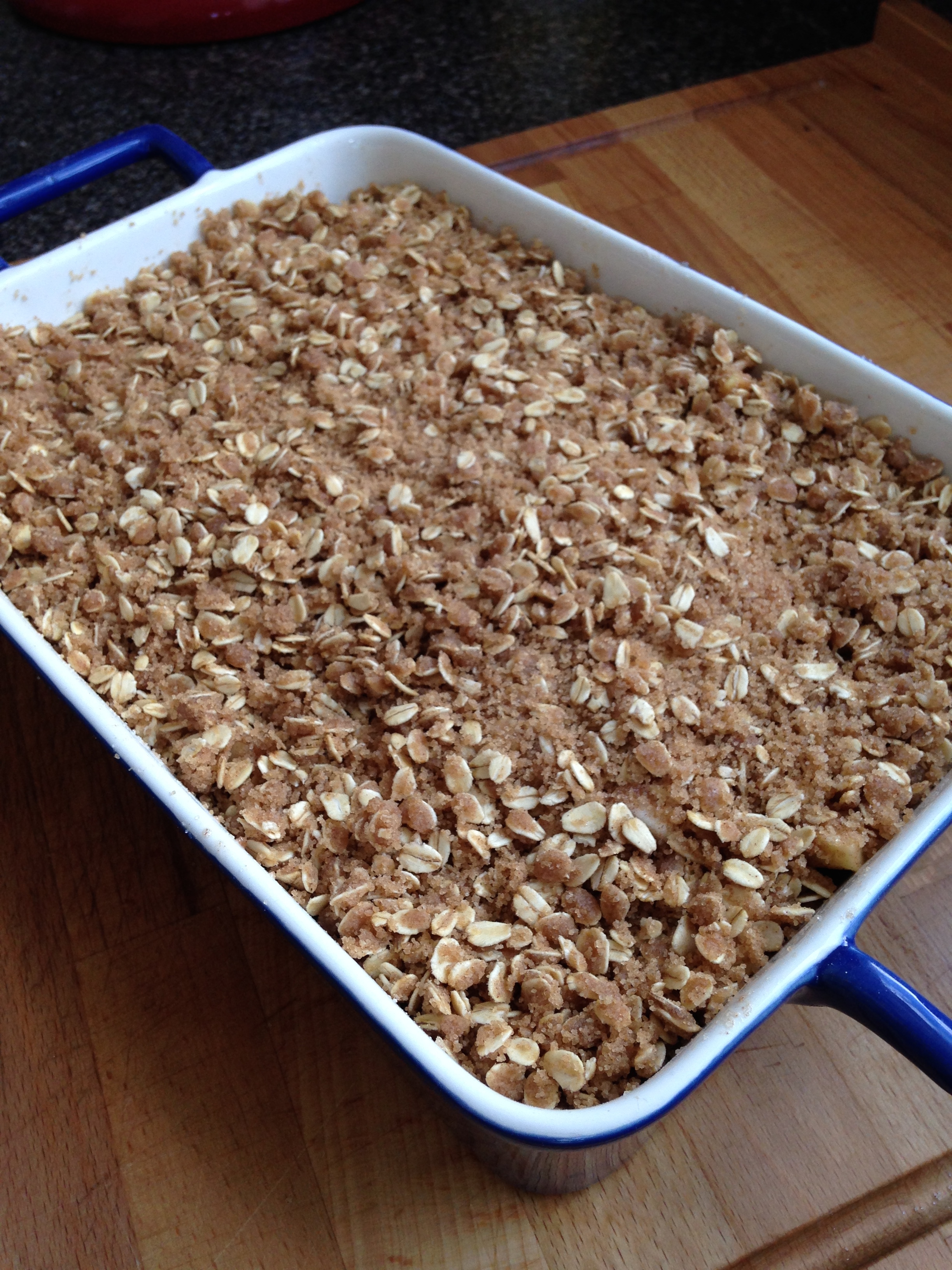
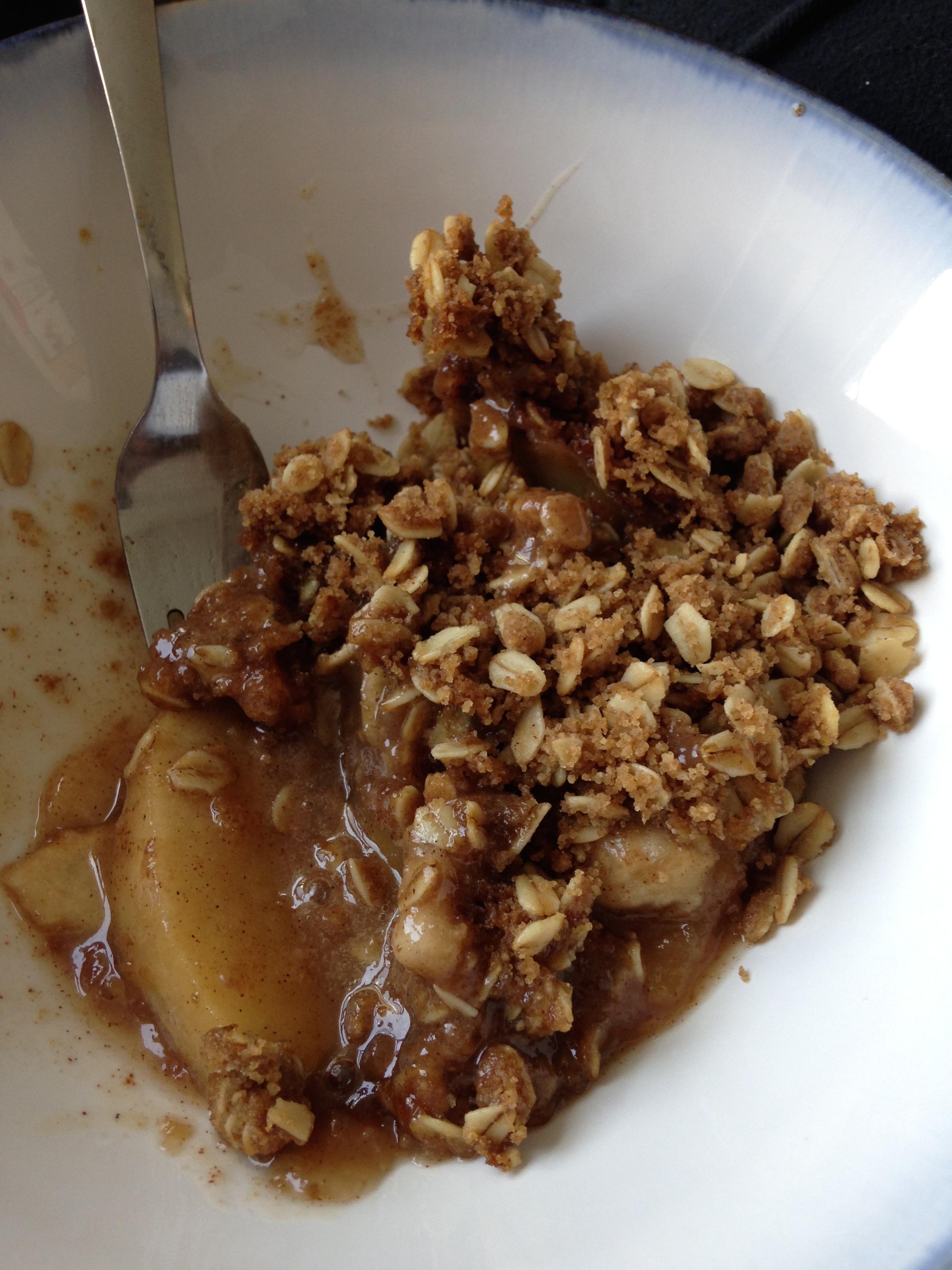
So I've been down the last couple weeks. A mix of lonely Toronto and ridiculous rain for a week straight. (I honest to gad didn't know Edmonton was the sunniest city in Canada). But this past week has been sunny and wonderful! So, to celebrate, I made some apple crumble (and I may have had it for lunch).
Apple Crumble
5 - 6 large apples, peeled, cored and sliced (I used whatever ones where deemed "not quite right" by the BF. They were fine. He's apple picky.)
Filling:
1 cup sugar
2 TBSP flour
1 tsp cinnamon
1/4 tsp salt
1/4 cup apple cider or lemon juice
Crumble:
1 cup flour
1 cup rolled oats
3/4 cup brown sugar
1/2 butter, melted
1 tsp cinnamon
1/4 tsp salt
- Preheat oven to 350'F.
- Wash, core, peel and slice apples. To core and peel apples, chop washed apples into quarters. With a paring knife, slice out the apple quarter's core with a scooping motion. The apple piece should look like a crescent now. With the paring knife, slip the blade underneath the apple skin at one end of the crescent and, in one stroke if you can, slide the blade to the other end of the crescent, as close to the skin as possible. Practice, practice, practice! Now slice the apples into 1/2cm pieces longwise. You can make the slices as big or as little as you want, depending on what you like. They will cook pretty much the same. Place your apples into a large casserole dish. Spread apples evenly so that the apples come about halfway up the sides of the dish.
- Pour the apple cider (or lemon juice) over the apples.
- Add the filling ingredients together in a bowl. Mix well. Pour the filling mixture over the apples. Mix the apples so they are well coated in the filling mixture. Spread the apples out evenly again.
- In a bowl, add the crumble ingredients. Mix well together so that there are no large chunks. Sprinkle the crumble over the apples in an even layer.
- Bake for 45 minutes until crumble is golden brown and the filling juices are bubbling. You can tell if the apples are done if you can easily insert a fork into the centre of the crumble. Remove from oven and let cool a bit. Serve still a bit warm! A la mode, if you have it!
Cheers!
-Andrea
The Half-Assed Hobbyist



